Big discounts and prizes in celebration of the first three decades of Rissington Inn ...
The Rissington Rag Special Travel Edition - October 2024
A 5000-word, 25000km journey through ten countries, all without leaving your armchair!
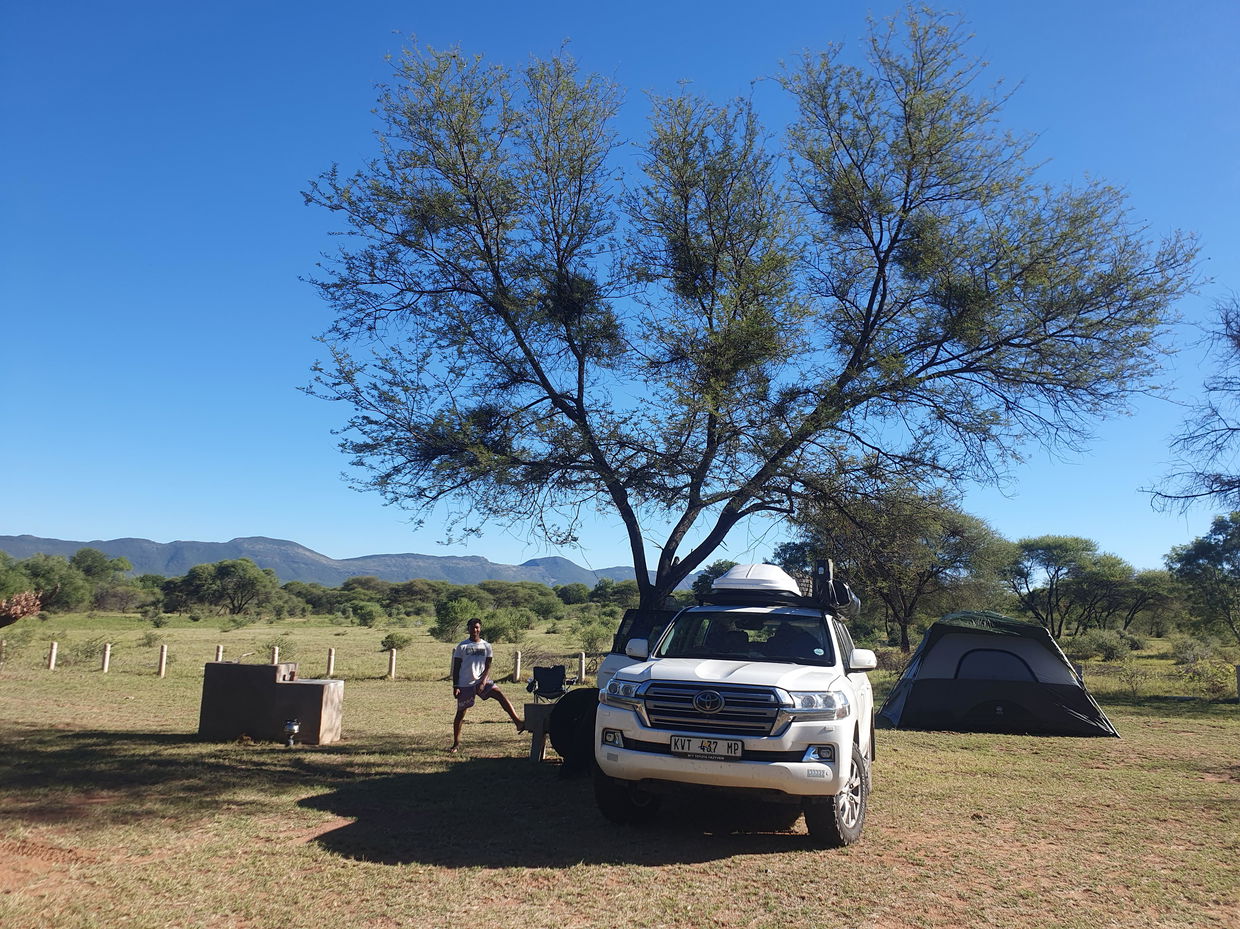 Hello Fellow Travellers and Rissington People
Hello Fellow Travellers and Rissington People
This is a Rag like no other and it's dedicated entirely to our recent journey around ten African countries. It contains a lot of useful information for adventurers and armchair travellers alike by comparing one destination with another and offering plenty of good old vicarious travel.
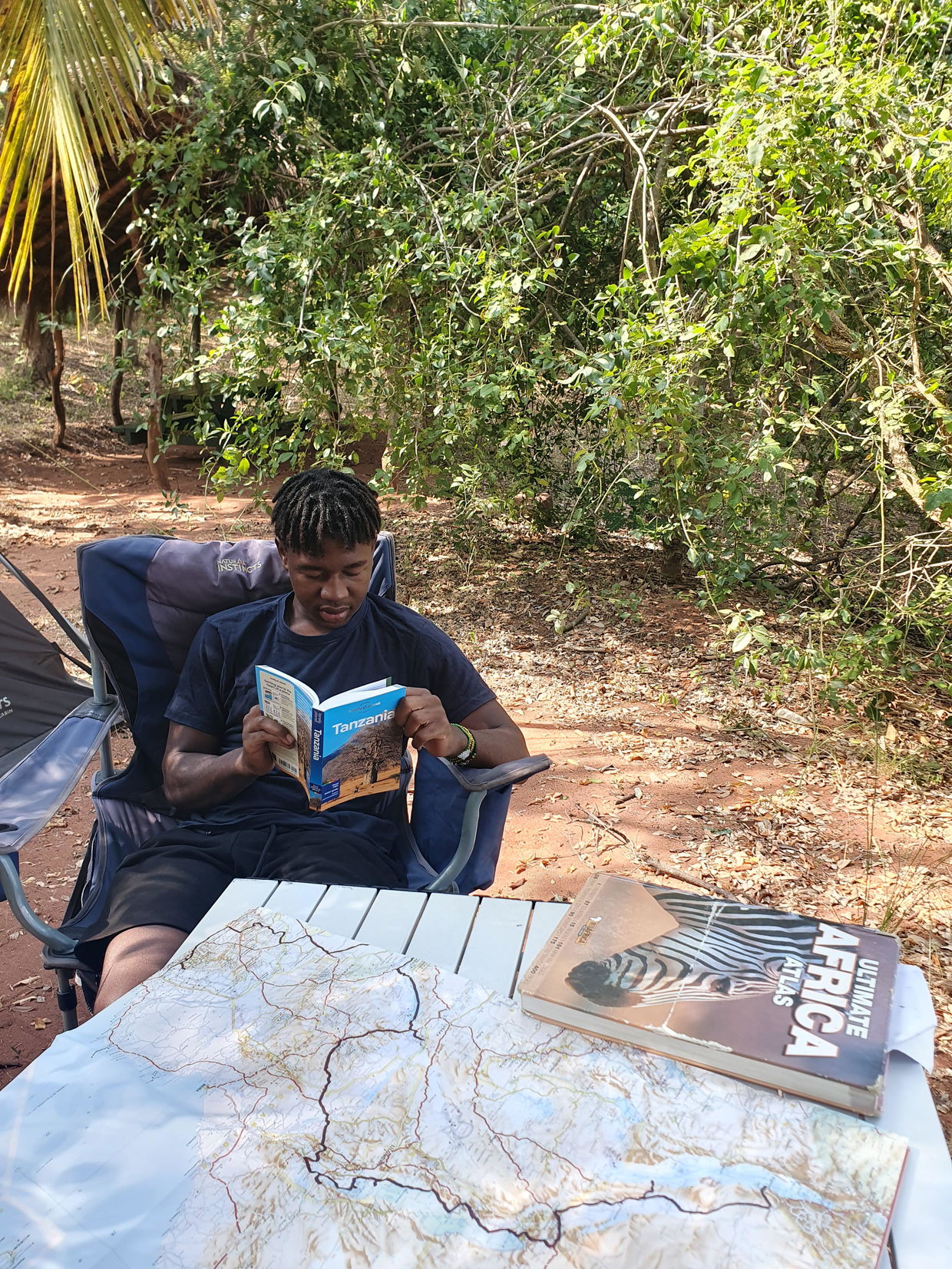
There are interesting facts and statistics; there is great photography; there are opinions; there is food and accommodation; there are prizes (big ones - and even one including a domestic flight and game drives); and, because we love them, there are also plenty of stories tied into the pictures below. Every day was a story, after all.
Have a quick glance through and if it is not your bag then I fully understand … but if you have even a passing interest in Africa – and in what makes God’s Own Continent tick – then it is most definitely for you.
For reference and for further information on the journey and for some great photos, please feel free (now if you like, or even later – but this bit's totally voluntary) to access our Tripcast photo diary, which we set up for everyone to be able to see what we were up to while we were on the road. Information and a link appear towards the bottom of this page. Almost 400 people followed to see the trip unfold and we loved having them along. People are still joining.
But that is for later. Firstly, here’s a map. This is the final route we followed:
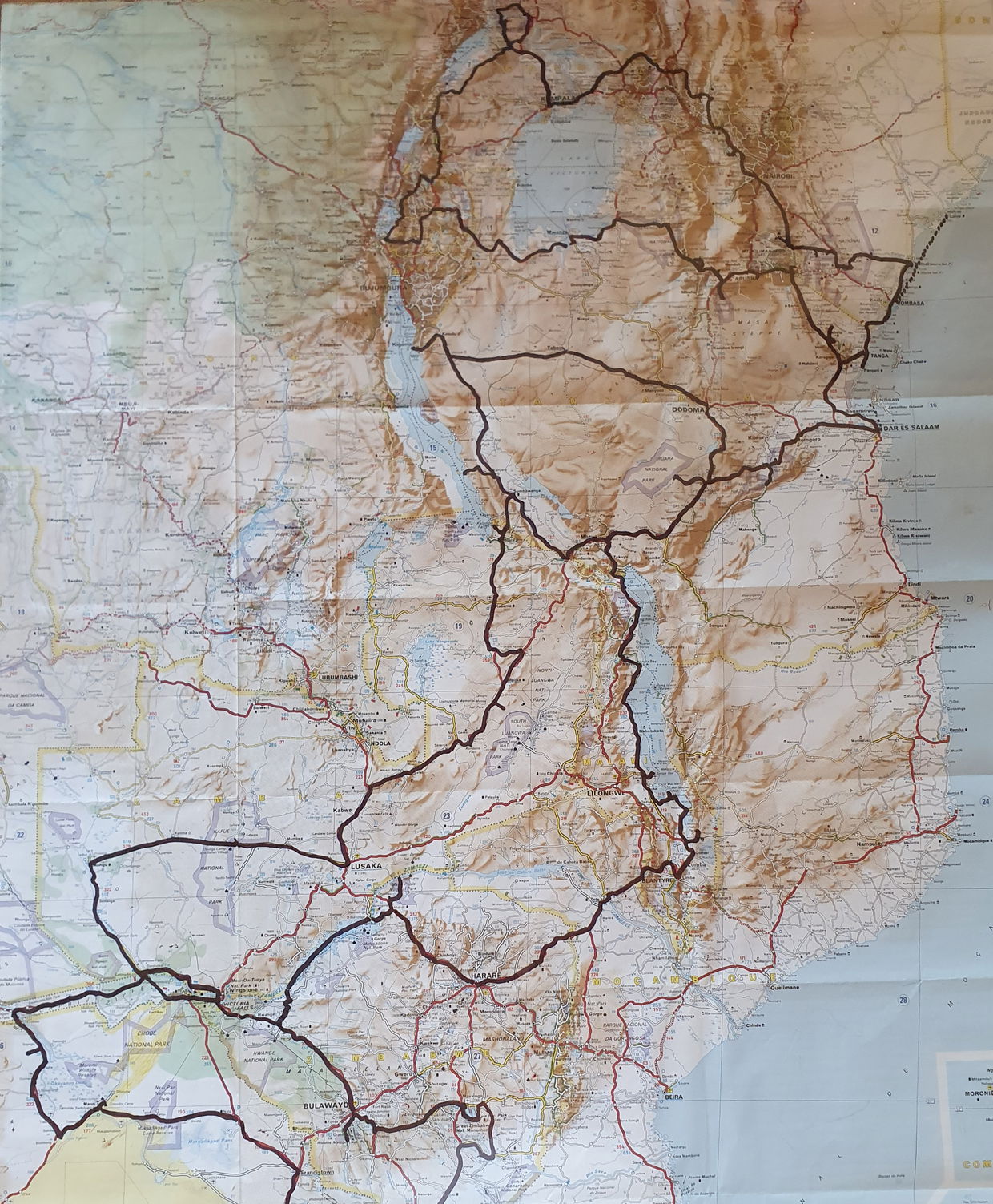
Now, let’s kick off with some statistics:
· Total duration of journey: 167 days
· Distance covered 24,412 km - equivalent to our having driven all the way from Hazyview to Paris and back to Hazyview again by the shortest possible road route.
· We visited 10 countries (not including South Africa): Botswana (passed though twice), Namibia, Zimbabwe (twice), Mozambique, Malawi, Tanzania (twice), Rwanda, Uganda, Kenya, Zambia. We 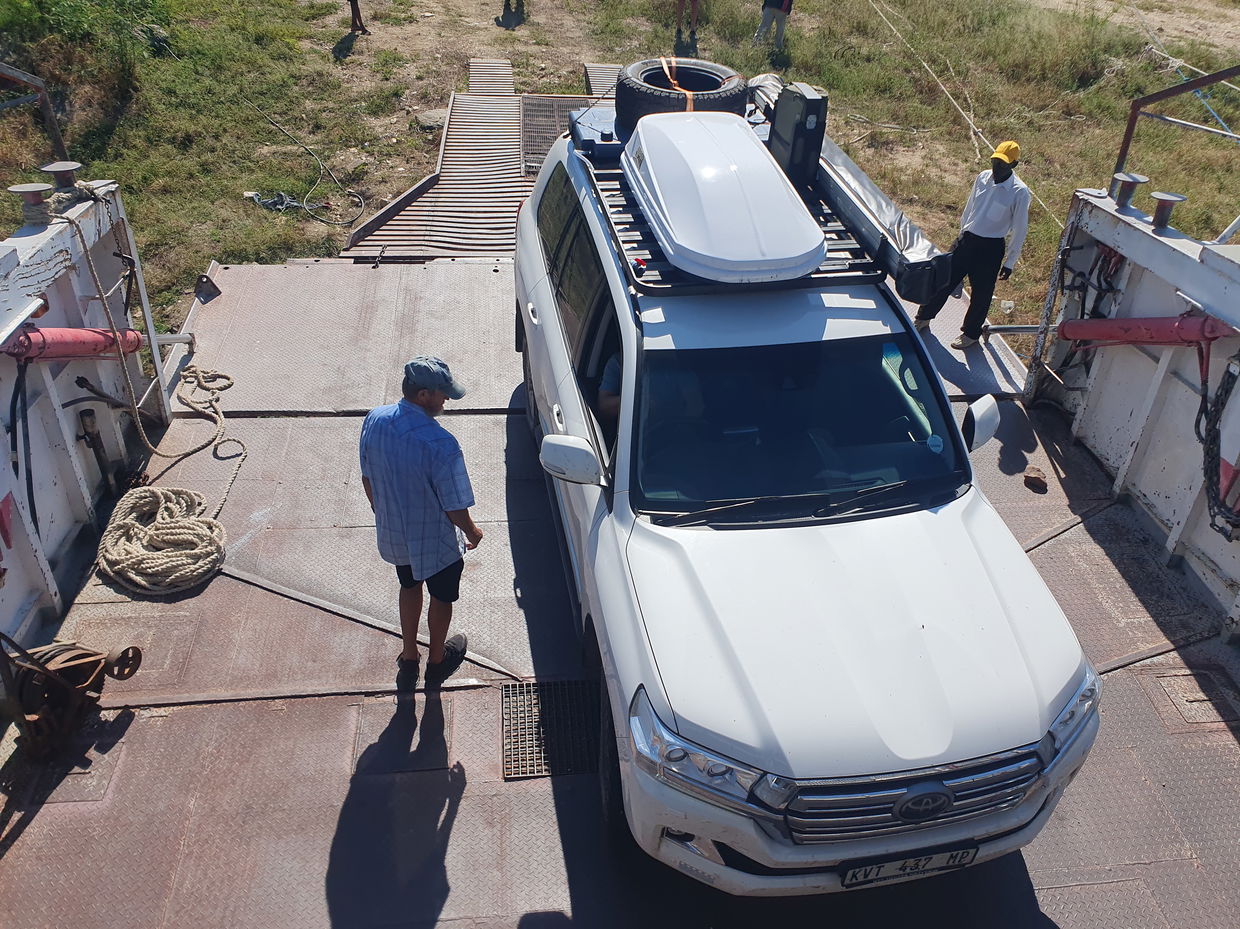 crossed in and out of these countries at 14 different border posts and stayed in 86 different places along the route, some for one night, some for more. We slept in tents for more than two-thirds of that time, with the 'hotel' stays mostly on the one-night stops. 'Hotel' is in inverted commas for good reason. There were some good suprises and some very dodgy experiences.
crossed in and out of these countries at 14 different border posts and stayed in 86 different places along the route, some for one night, some for more. We slept in tents for more than two-thirds of that time, with the 'hotel' stays mostly on the one-night stops. 'Hotel' is in inverted commas for good reason. There were some good suprises and some very dodgy experiences.
· The average driving speed over the entire journey was eventually 40km/h, which equates to a total of 612 hours driving. This gave us an average of 3,7 hours of driving per day.
· It amounts to 50 full days of driving if we consider that there are 12 driveable hours per day (and we tried very hard not to drive at night at all).·
· So, we spent just under one third of all the daylight hours of the trip in the car. A good balance, I think, bearing in mind that this includes all the driving, and not just the travelling from country to country, town to town and camp to camp. It includes game drives, excursions, market trips, drives to hikes, day trips and so on.
· The car used 12.2 litres per 100km in fuel consumption. That is 8.33 kilometres per litre or 23 miles per gallon. It's not a cheap car to run, but we knew that.
· Six of us travelled altogether for varying lengths of time: Lungile (aged 18) and I did the full 6 months, Coco (retired person ...) was with us for 2 months, Tim (17) for 6 weeks, JJ (19) for 3 weeks and Claire (25 and a former Rissington gapper) for 2 weeks.
· Hottest day: Mongu, Zambia - 42 deg C
· Coldest night: Ku Chawe, Malawi - 0 deg C
Before we left, a number of people asked us similar questions about the then-proposed trip, and, in the March Rag, I speculated as to what the answers might be. Here is the updated reality, or wisdom after the event, so to speak:
Will you be writing a book?

No, not this time. I think it would have been very difficult for a new book not to have ended up being a mere maudlin or nostalgic list of places and how they have all changed since I was last there on my 3-month trip 18 years ago, or on my slightly different 8-week route from 12 years ago or on the various other shorter forays in between.
We came up with the Tripcast idea in order to avoid the distraction of posting on social media and – because I love writing – it slowly morphed into a sometimes-quite-wordy blog. So, if you are looking for a book, the Tripcast is the closest you will get!
I am told it is interesting, amusing and well-written. Thanks to those who have told me this. It was a labour of love. Some of the pictures appear in this Rag but there are many more great photos like this one on the Tripcast itself, along with many more stories.
Are you going to El-Karama (as featured in the title of my previous book)?
We never planned to go, although at one point we had been hoping to climb Mount Kenya which is nearby. This never happened either (too many grockles and way too expensive) so we didn’t get close to or try to visit El- Karama. I understand it has become a very different place to the lovely laid-back spot in which we stayed back in 2006, so I am afraid I couldn’t bring myself to go there.
Karama. I understand it has become a very different place to the lovely laid-back spot in which we stayed back in 2006, so I am afraid I couldn’t bring myself to go there.
How will you get around?
Well, as I predicted, we got around just fine. The roads have much more tar on them than they had a decade ago but many of them also have more traffic, with hundreds of trucks and myriad consequent potholes. That said, there are still some areas where the roads are very much under-construction or in a state of total collapse but there are also many areas, notably in Tanzania and Zambia, where there are long stretches of superb new open highway with little to no traffic at all. The road networks in those two countries were an absolute (and largely positive) revelation.
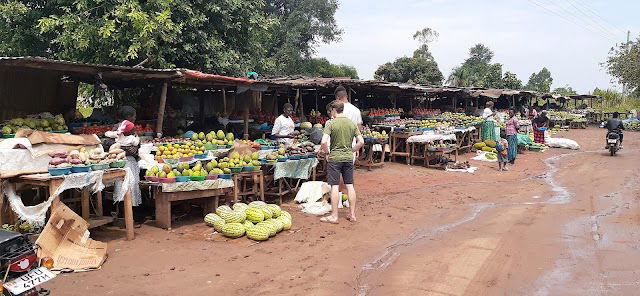
How will you survive?
Just like anyone who lives there survives, as predicted! We felt 100% safe the entire time. There was water everywhere, often even clean enough to drink. Fresh food was available on the roadsides – we hardly ever frequented a formal shop except for an occasional top-up of fruit juices, coffee and pasta. There was cellphone coverage most of the time and frequent 4G. Elon Musk’s Starlink high-speed wireless satellite Internet is available in many places and has been a total gamechanger for everyone throughout the region.
What if you get sick while travelling? Well, we didn’t. Apart from a couple of very minor Imodium moments and a blister or two after some heavy hikes, everyone was absolutely fine. There were plenty of hospitals and mission stations, had we needed them.
What if the car breaks down? It didn’t! It is a Toyota, after all, and it suffered very few issues indeed. The poorly-fitted (in Nelspruit) roof rack caused some near upsets with its broken brackets and a nut which literally drilled a hole in the base of a jerrycan and drizzled diesel all over the roof.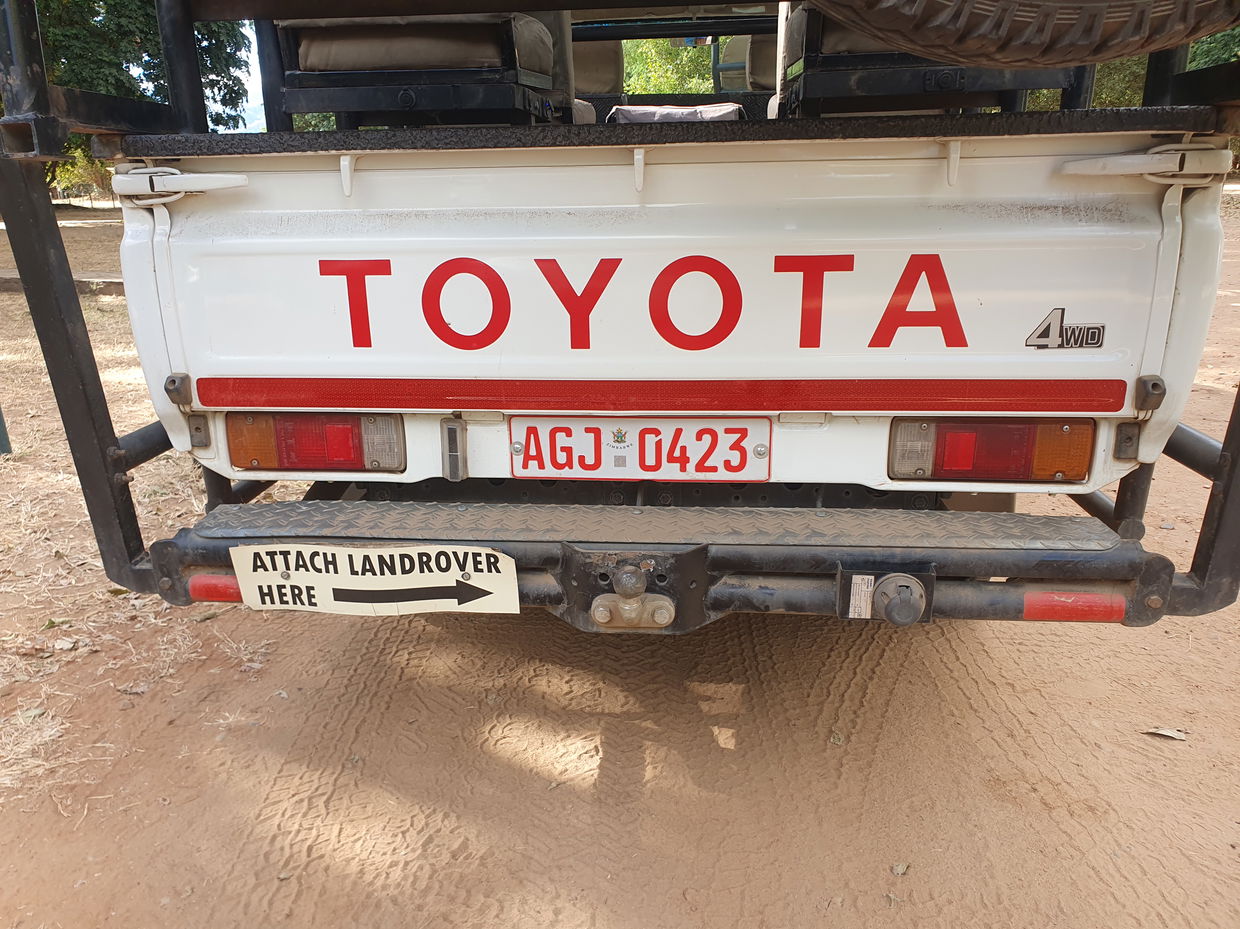
We had only one puncture, caused by a 6" nail picked up in a Tanzanian camp and ably fixed with a gaiter by a roadside 'fundi' in Morogoro.
In Tanzania’s Katavi National Park during Month Two, a small passing car threw up a substantial rock which punched a big star in the windscreen and, as any replacement would have taken six weeks to arrive from Japan, we just kept strapping it up to stop it spreading and carried on. With this monster fist-sized-ding right in my line of vision, it was to be like driving with a cataract for the next four months. 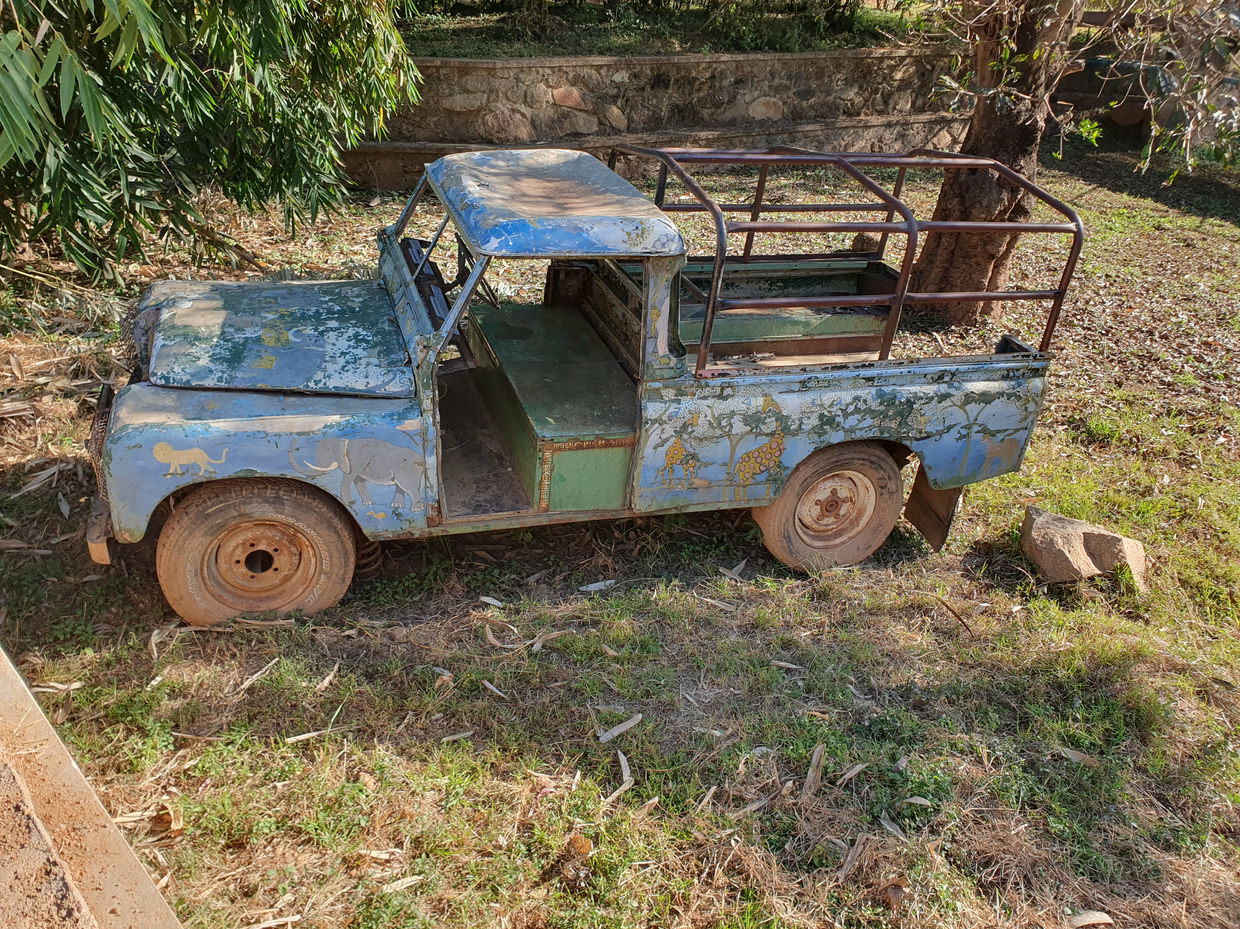
There were a few knocks and rattles here and there but we tracked them down eventually, tightening the nuts with spanners and tying down any loose panels with cable ties.
The vehicle had two 10 000km services along the way, at Toyota Tanzania (Mbeya) and Toyota Kenya (Mombasa). At the second service, we replaced the front shocks and the back brakes.
Due to dirty diesel in Tanzania, it was also given a new fuel filter at Toyota in Kabwe, Zambia. There are official Toyota workshops at rare but regular intervals right across the region. For what it’s worth, I didn’t see a single Land Rover garage, although there were ancient and/or wrecked Land Rovers everywhere, very few of them moving!
What is it going to be like? Well, what was it like? It was truly and constantly amazing. I have just run through the Tripcast again and it is a superb memory and an invaluable record of an extraordinarily varied voyage of discovery: walks, climbs, cycling, kayaking, ballooning, swimming, diving, snorkelling, foodie experiences, beaches, mountains, volcanoes, massive national parks and conservation areas, different animals and birds, museums, art, history, culture, palaeontology, views, people, sun, rain, wind, smells, memories. I could go on and on. But that is what it was like.
Before we left, in the March Rag, I also made some predictions in terms of where the highlights might be. Let’s see if I was right:

Prediction: The biggest effort would be the climbing of Mt Kenya or maybe Mwanihana in Tanzania’s Udzungwa Mountains.
Reality: We didn’t climb Mt Kenya. The Udzungwa Mountains did provide some amazing primates, including red colobus and – although they swore that we wouldn’t see them, we did, twice – some mangabey. But the biggest effort was climbing the Bisoke Volcano in Rwanda in heaving rain and mud to a crater rim filled only with fog; maybe also eating supper with four of us in one tent in a Naivasha downpour but still managing to finish the Crossword and play some Gin Rummy, despite the special limitations; my (literally) almost drowning in the Nile was something of a lowlight too.
Prediction: The most beautiful beach will likely be somewhere on Kenya’s Swahili coast.
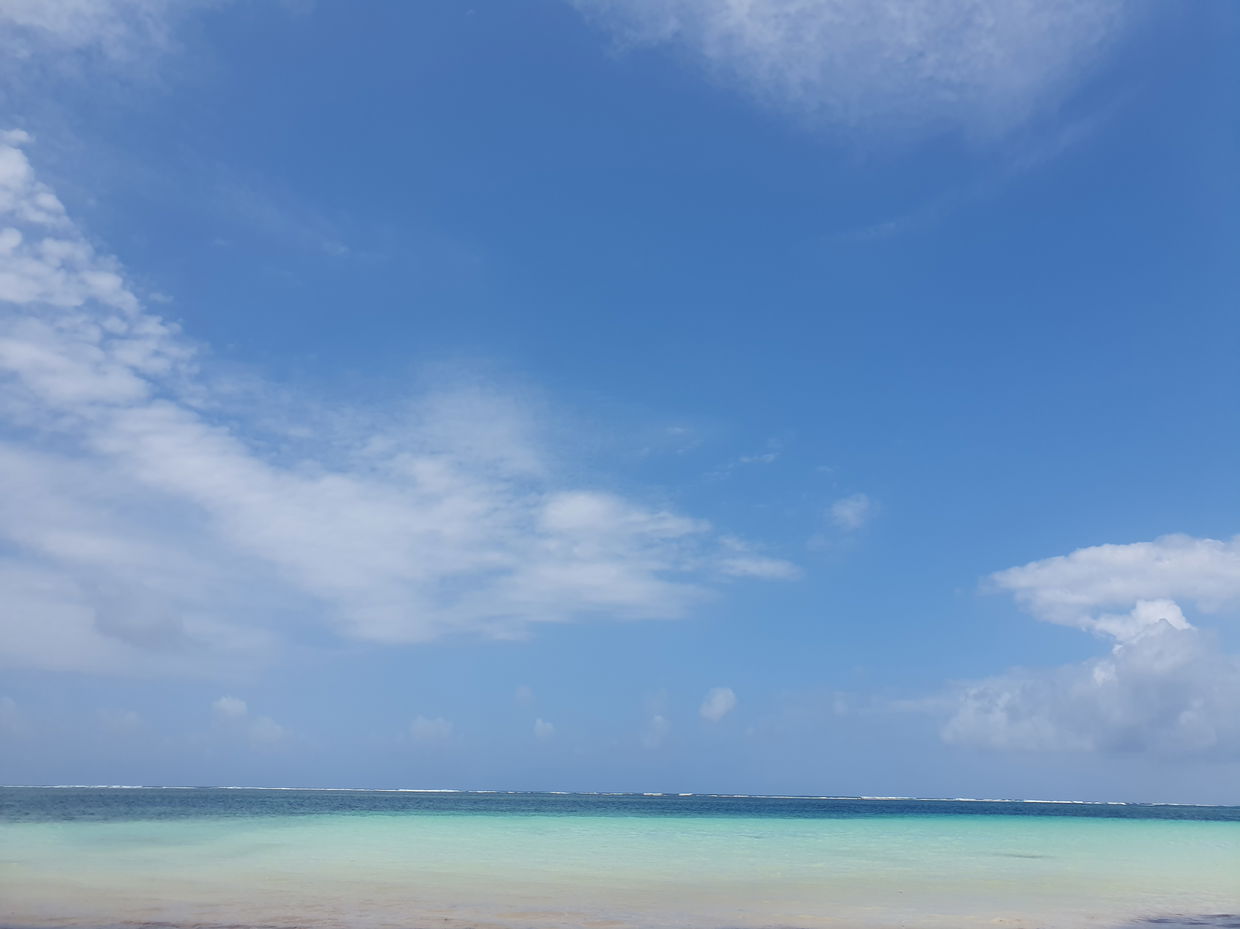 Reality: This was true. Lantana Galu beach, at the southern end of Diani Beach, south of Mombasa, was a total treat. White sands, waving palms, an ever-changing range of ocean blues and greens, very few people and even fewer ‘Maasai’ beach boys flogging their wares (and, to the unsuspecting single females, flogging themselves).
Reality: This was true. Lantana Galu beach, at the southern end of Diani Beach, south of Mombasa, was a total treat. White sands, waving palms, an ever-changing range of ocean blues and greens, very few people and even fewer ‘Maasai’ beach boys flogging their wares (and, to the unsuspecting single females, flogging themselves).
Prediction: The best restaurant? Not sure. Maybe in Kigali, Rwanda?
Reality: Definitely nothing in Kigali, where even the ubiquitous coffee shops didn’t serve interesting food. So … probably Ali Barbour’s Coral Cave in Diani Beach for its unique open-roofed underground location; or the restaurant at the Livingstonia Beach Hotel on Lake Malawi for its utterly delicious smoked barbel (catfish); maybe The Lookout on the clifftop above the Zambezi River in Victoria Falls for its fabulous and imaginative menu, served with a full moon above the Falls when we were there.
Prediction: The best street food? Possibly Uganda. The ‘Rolex’ almost-omelette springs to mind.
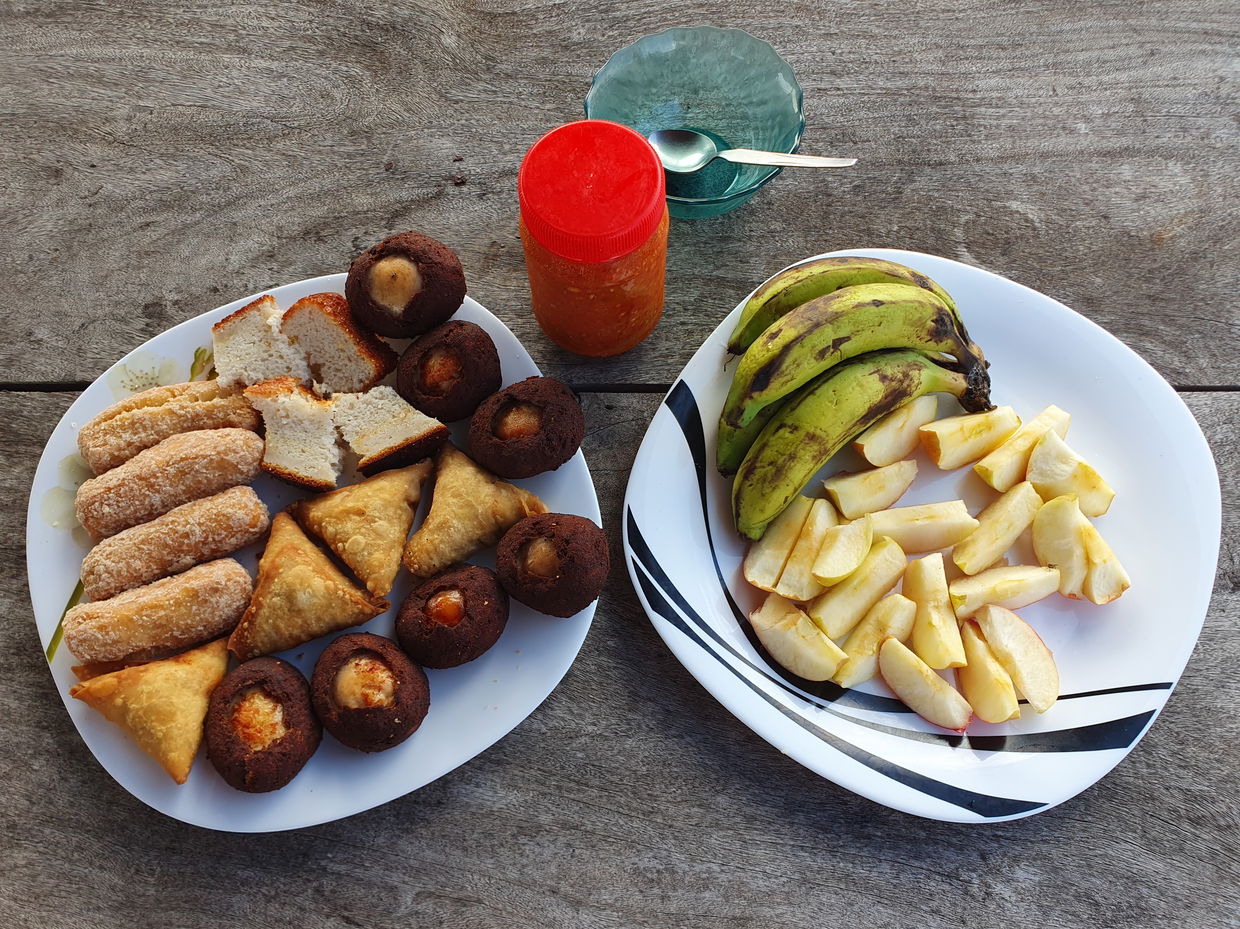
Reality: Definitely not the Rolex (which is a eggs rolled in a chapati, named from ‘rolled eggs’, and utterly disgusting)!
The Kenyan Swahili island of Lamu really delivered on the street food every day, though, with Lungi out foraging each morning and coming back with delicious fruits, scotch eggs, vitumbuas (cardamom rice cakes), samoosas and fish goujons among other toothsome delicacies. Every street has food, though, although some of it is rather difficult to identify.
Prediction: The friendliest people? Malawi, probably kayak-guides on the lake.
Reality: Yes, Malawi. Everyone smiled and waved. Everyone tried to sell you something, but in a good way. Everyone, in fact, seemed to be trying to sell us the same Liverpool plaque every time we walked anywhere, with the same misspelled inscription: ‘You’ll never wolk alone’. Indeed,
Prediction: The most expensive campsite? Hmmm. Botswana, I am sure!
Reality: Actually, not Botswana, but we did avoid Moremi and Chobe because of the cost.
For what it offered, Seronera, in the Serengeti was stupidly expensive. TANAPA (Tanzanian National Parks) never failed to deliver really awful facilities at gaspingly high prices and Seronera was the worst and the biggest rip-off.
 For a really plush and expensive but good-value camping experience, Mutinondo Wilderness in Central North-Eastern Zambia takes a lot of beating and it offers some of the best hikes anywhere. Dozens of them!
For a really plush and expensive but good-value camping experience, Mutinondo Wilderness in Central North-Eastern Zambia takes a lot of beating and it offers some of the best hikes anywhere. Dozens of them!
Prediction: The best roads? Namibia.
Reality: Namibia’s gravel roads are always excellent, but Rwanda’s roads are immaculate, even on the mountain passes and there are streetlights everywhere. Even out in the countryside between the towns. It was, however, just about the only thing we really liked about Rwanda, which is a miserable, gloomy and rather unsettling place in many ways. I have never seen so many roadside cameras. Good roads do not a happy country make!
Prediction: The biggest potholes will be in Burundi, unless surpassed by Angola.
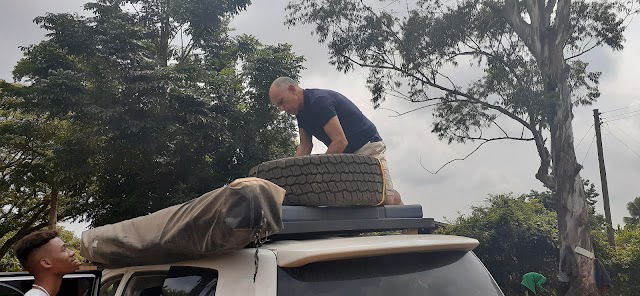 Reality: We missed out on our side-trip to Burundi because Lake Tanganyika had flooded many of the major routes, leaving the pothole-indent size a mystery if you are not carrying specialist depth-plumbing equipment, and we didn’t go to Angola as the borderpost had disappeared. So, the pothole prize goes to Northern Malawi, where the roads are nothing short of atrocious and the town of Livingstonia, by the Nyika plateau, is now totally inaccessible from the direction of the lake, except by motorbike. The road has, well, gone! We struggled our way from Mzuzu to Karonga on the Tanzanian border, at less than walking speed, with every (friendly Malawian) driver, windows open, wishing us ‘Welcome to Malawian roads!’.
Reality: We missed out on our side-trip to Burundi because Lake Tanganyika had flooded many of the major routes, leaving the pothole-indent size a mystery if you are not carrying specialist depth-plumbing equipment, and we didn’t go to Angola as the borderpost had disappeared. So, the pothole prize goes to Northern Malawi, where the roads are nothing short of atrocious and the town of Livingstonia, by the Nyika plateau, is now totally inaccessible from the direction of the lake, except by motorbike. The road has, well, gone! We struggled our way from Mzuzu to Karonga on the Tanzanian border, at less than walking speed, with every (friendly Malawian) driver, windows open, wishing us ‘Welcome to Malawian roads!’.
Prediction: The best music? Tanzania, particularly the Taarab music of Zanzibar.
Reality: Tanzania’s music has deteriorated into Swahili-pop rubbish and it was surprisingly and depressingly loud, everywhere we went. I loved the Congolese rumba which was to be heard in most countries; to Lungi’s delight, Kenya is now also producing some good amapiano and many South African artists of all genres were to be heard, along with a fair scattering of good Nigerian Afrobeats.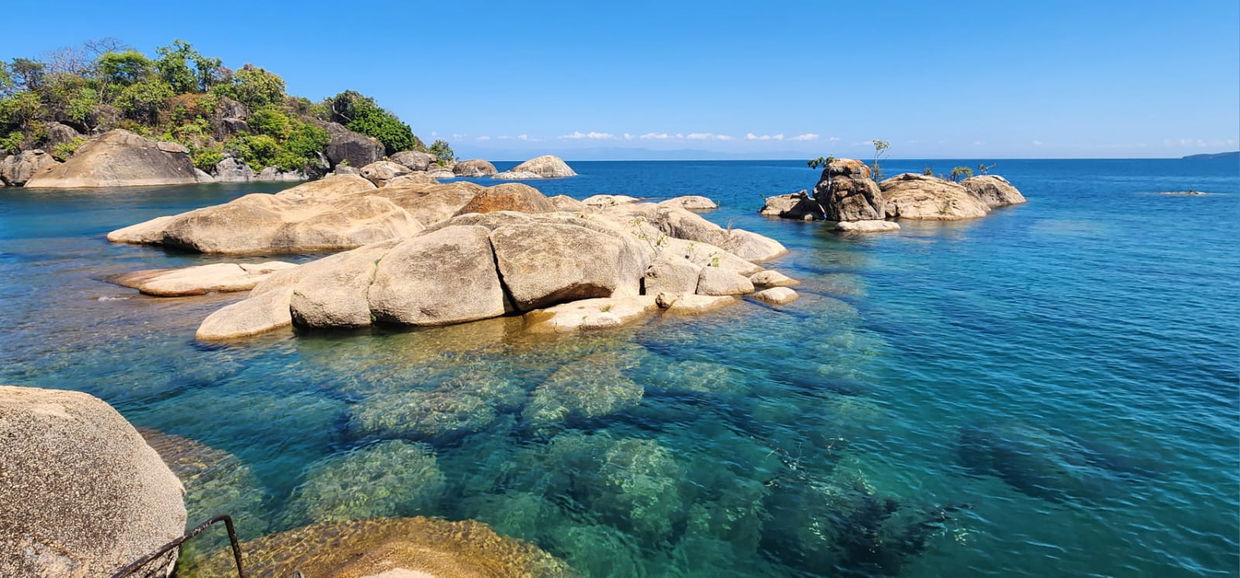
Prediction: The best view? Across to the Serengeti from Tanzania’s Usambara Mountains, I reckon.
Reality: Not Irente View in the Usambaras, as predicted. There was thick thick (and I mean thick!) cloud there on both our attempts to take it in. East Africa can in general be a bit smoky, especially in  burning season.
burning season.
Lungi has voted for Otter Point and the view from the Nkhunguni Peak at Cape Maclear in Malawi and I think he is right.
Coco says that her favourite view was of Kilimanjaro from the garden at the Marangu Hotel, as it emerged from its shroud of cloud and seemingly rose into the evening sky. She is probably right too. It was spectacular and we were spoilt. Many travel there and even climb it but never get to see it.
Prediction: History will be a Zambian speciality, I think, along with Zimbabwe’s bushman paintings.
Reality: No, not Zambia, although there’s plenty of WWI history there and in Tanzania, relating the Brits and the Germans battling things out inland and on the lake. Malawi’s dinosaur, the Malawisaurus, was possibly our most bizarre find. The Gede Ruins near Watamu, in Kenya, are a superbly-preserved record of early Swahili/Omani culture; iNanke Cave in Zimbabwe's Matobo (Matopos) National Park offers some of the best San (bushman) rock art anywhere on the continent. And Livingstone was everywhere too. We bumped into his memory wherever we went. Him and his mango tree.
Prediction: As for the best game-viewing … well, we are going to no fewer than 35 national parks and game reserves, so I will have to reserve judgement on that one for now
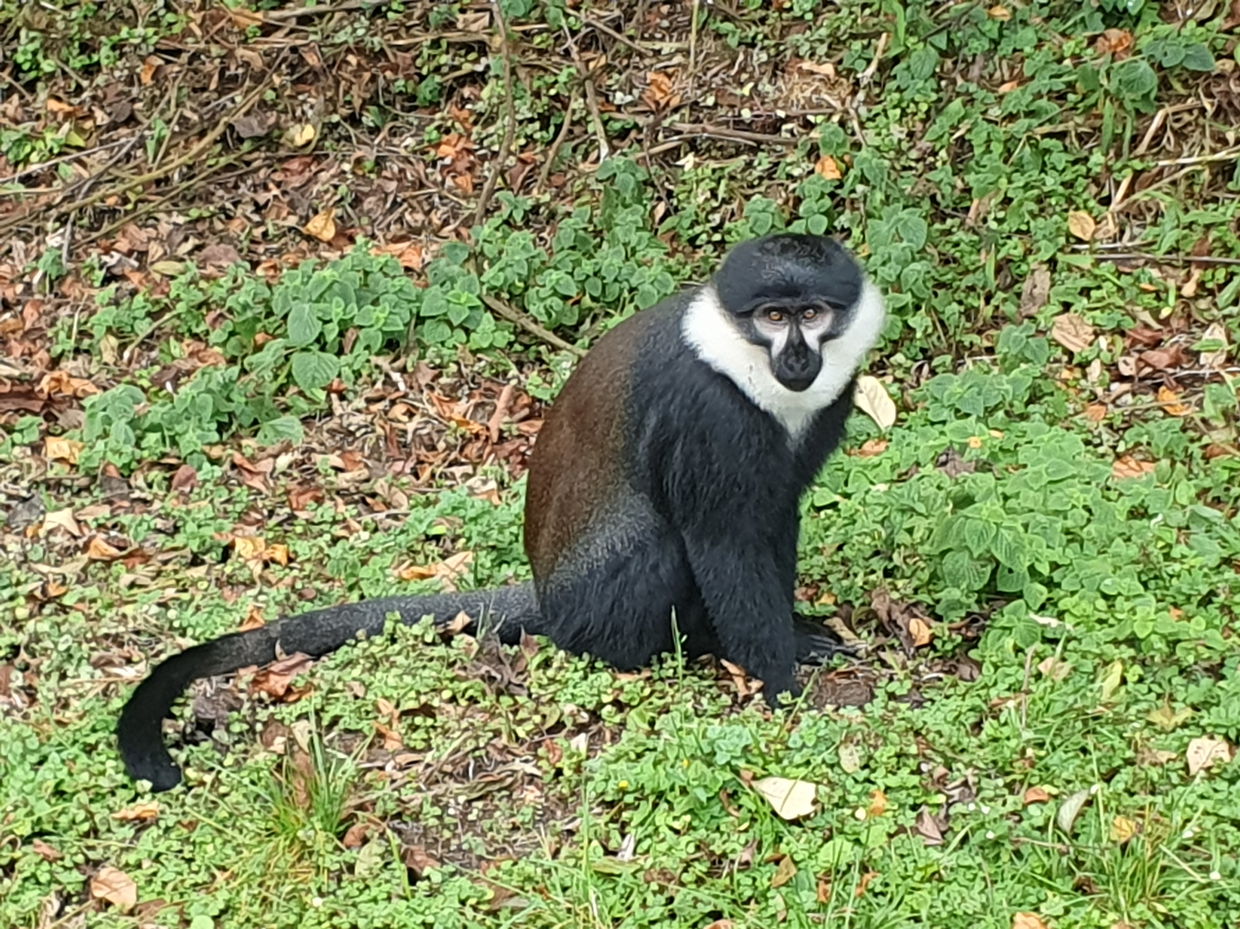 Reality: We watched a lioness kill a wildebeest in Ngorongoro – a superbly executed stalk-and-attack which could have graced any David Attenborough programme – but the overcrowding was simply appalling with lines and lines of pop-top stretched Toyota game-viewers tearing around the crater and kicking up thick gravelly clouds of dust; the Kasanka sitatungas were a treat in remote northern Zambia; we saw lovely Cape clawless otters when we kayaked on Lake Tanganyika; the huge and numerous scattered herds of Ugandan cob in Murchison Falls NP and its Patas monkeys were just irresistibly photogenic. The monkey in the picture is L'Hoest monkey, taken on the roadside in Rwanda's Nyungwe National Park.
Reality: We watched a lioness kill a wildebeest in Ngorongoro – a superbly executed stalk-and-attack which could have graced any David Attenborough programme – but the overcrowding was simply appalling with lines and lines of pop-top stretched Toyota game-viewers tearing around the crater and kicking up thick gravelly clouds of dust; the Kasanka sitatungas were a treat in remote northern Zambia; we saw lovely Cape clawless otters when we kayaked on Lake Tanganyika; the huge and numerous scattered herds of Ugandan cob in Murchison Falls NP and its Patas monkeys were just irresistibly photogenic. The monkey in the picture is L'Hoest monkey, taken on the roadside in Rwanda's Nyungwe National Park.
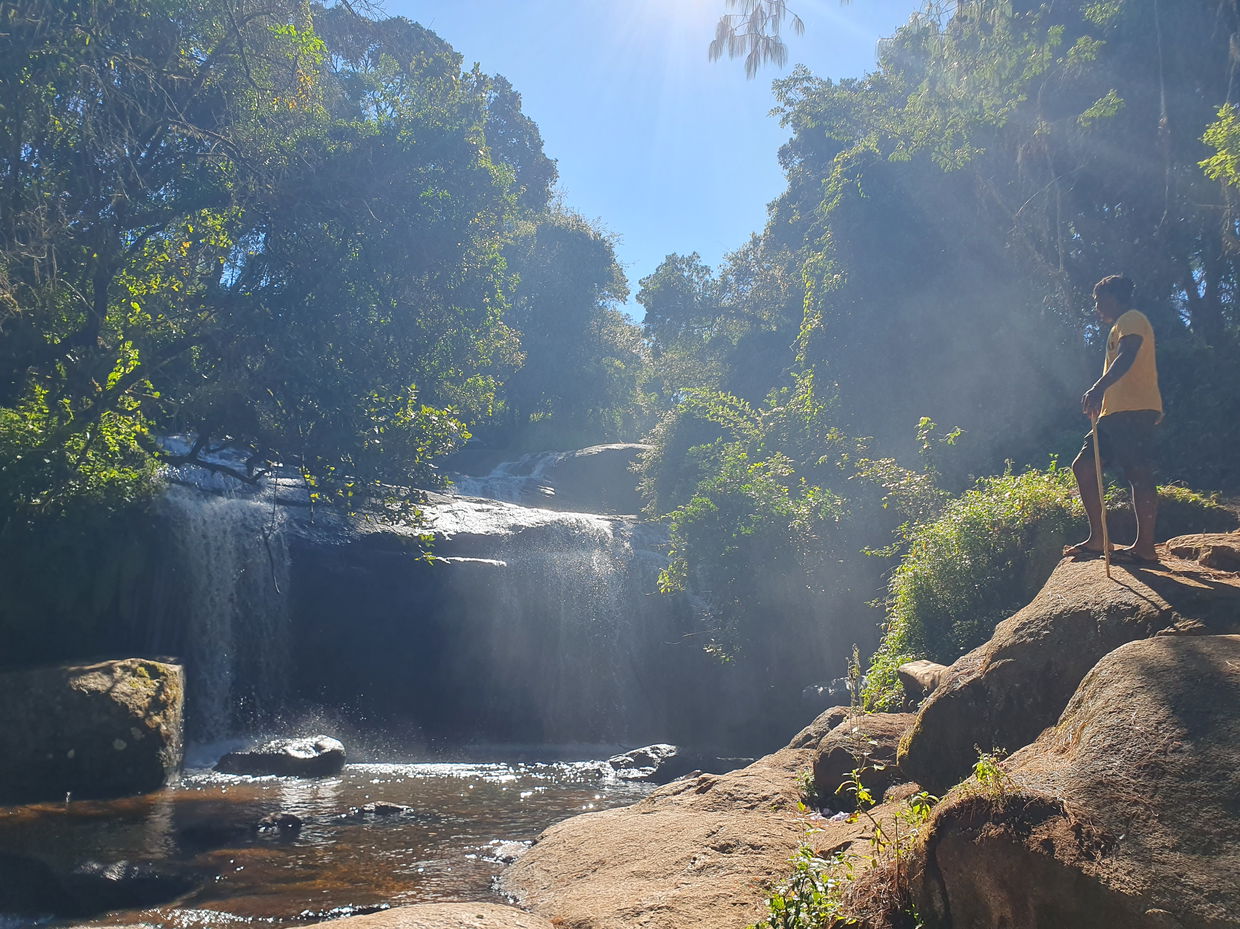
Prediction: Most beautiful waterfall? I don’t know … maybe Kundalila Falls in Zambia?
Reality: We didn’t stop at Kundalila. Obviously, Victoria Falls takes some beating, but its little sibling, Sioma Falls, upstream near Mongu, was a rare treat; and the tiny William’s Falls (in the picture) on the Malawian Zomba Plateau was magically riven with rainbows.
We also chose random award-winners along the way in any number of other categories:
Most corrupt traffic police: Zambia. It was “where’s my drink?” everywhere. You actually had to go to them, as they were too damned lazy and overweight to get out of their cars and come to you. I eventually yelled at one on the Great North Road, telling him I was utterly fed up with the corruption and I wasn’t giving him anything at all. Ever. He looked at me as if I had hit him and Lungi was certain I was about to be arrested (again, as I had already been threatened with arrest for taking photographs on a Tanzanian ferry and for looking as if I might photograph the military in Zimbabwe, Malawi and Tanzania) but the cop was so astonished, he let me go. For the record, we never bribed anyone, anywhere.
Biggest shock: Loadshedding in Zambia. Up to 20 hours without power every day. But unlike South Africa, where businesses stop working if the power goes off, in Zambia they rush out and buy solar panels so that they can carry on.
Best food generally: Malawi, for its delicious fresh fish and specifically a campsite in Mzuzu that prepared homemade pasta so good that we stayed an extra night.
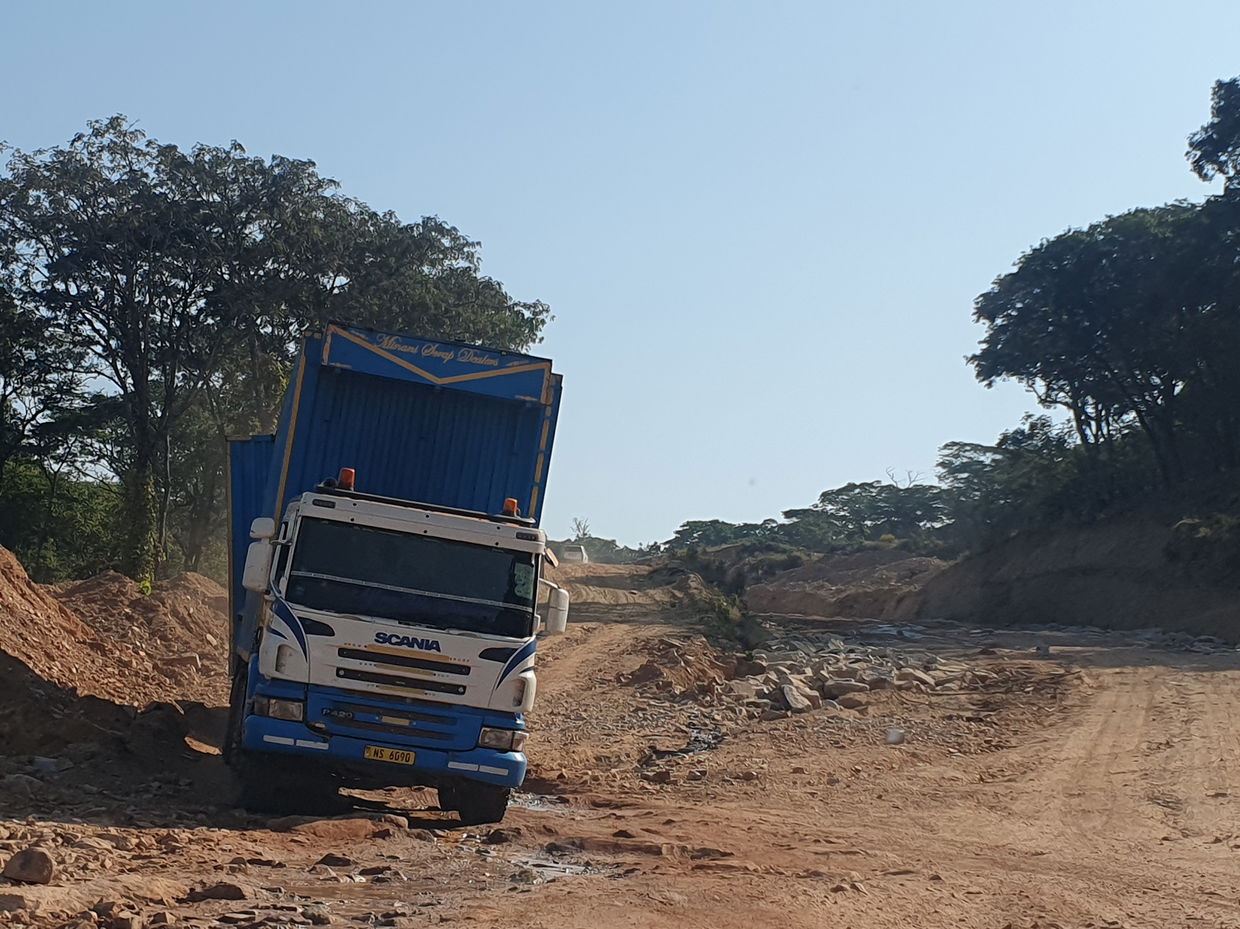
Best road network: Tanzania… but …
Worst roads: Tanzania:
.... yes, they have worked on many of them, but the ones they have left are generally abysmal, largely because you are driving in rocky muddy pits alongside where the new road is going to be. In ten years' time, what with its new SGR railway heading to the DRC in the interior and with Dar-es-Salaam’s Bus Rapid Transit System plus the roads under construction, Tanzania is set to have the best infrastructure on the continent.
Best climate: Lake Tanganyika. Clear warm days with a gentle breeze every afternoon. Blissful.
Politest officials: the Kenyan police and the Tanzanian bureaucrats.
Rudest officials: the Zambian police (see above)
Best campsite: Best Equal: Lake Shore Lodge at Kipili, a third of the way up Lake Tanganyika. The friendliest team, wonderful food, great snorkelling, funky campsite bathrooms with style (see kayaking pic below. We wanted to stay forever.
And Kapishya Hot Springs, near Mpika, Zambia. 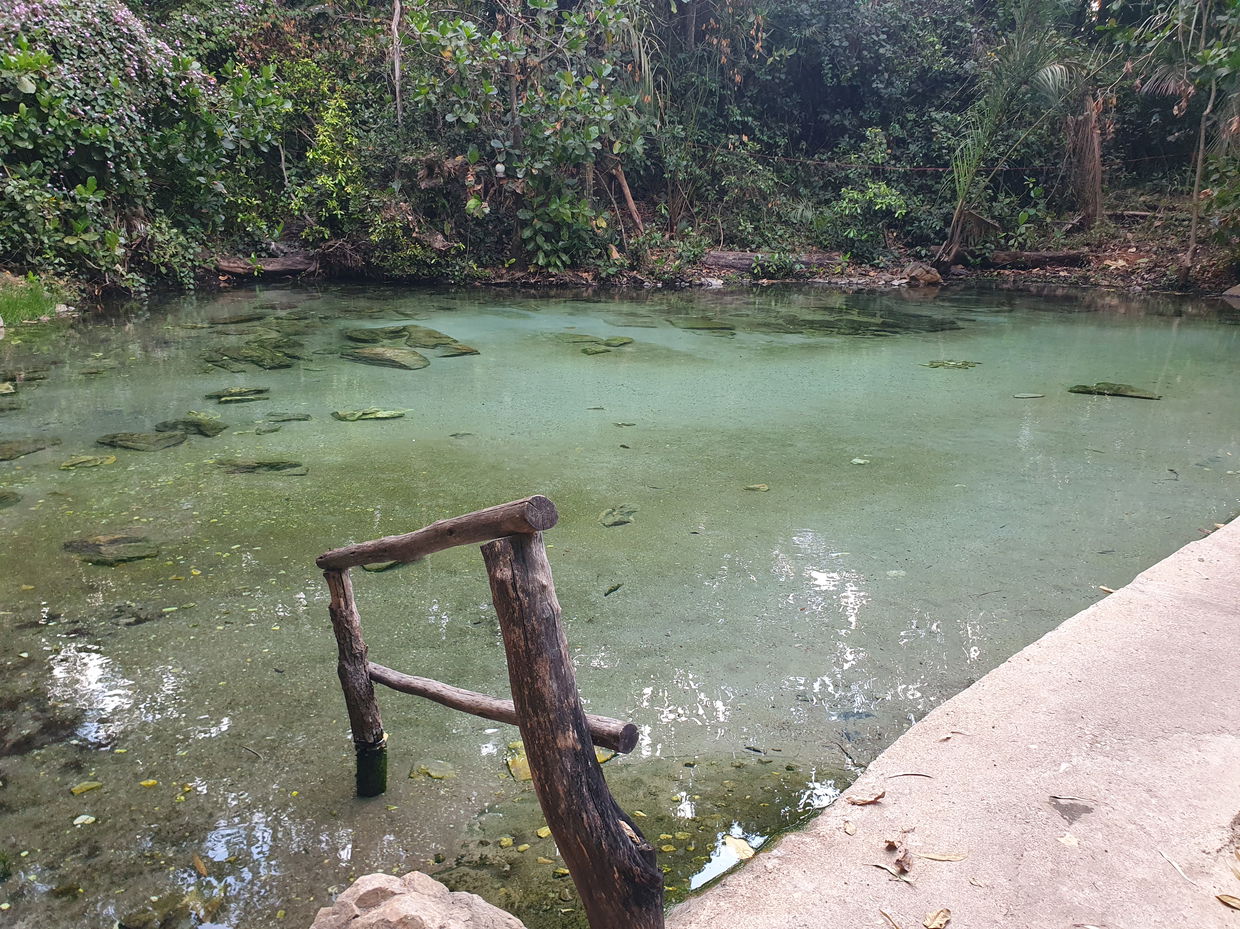 The best hosts, homemade international-menu meals with home-grown ingredients, camping right by the Mansa River and the funniest rafting trip I have ever undertaken. Bathing in these hot springs is a joy beyond your imagination.
The best hosts, homemade international-menu meals with home-grown ingredients, camping right by the Mansa River and the funniest rafting trip I have ever undertaken. Bathing in these hot springs is a joy beyond your imagination.
Most interesting newspaper: Kenya’s Daily Nation. It's written in a glorious English of bombastic description and bizarre analogies. It challenges politicians. It offers fascinating Opinion pieces and intriguing Agony Aunts and Uncles, dealing with problems I never even thought existed. It employs the most obscure-minded Cryptic Crossword compiler of anywhere on earth, I reckon. We bought the newspaper every day and it gave endless pleasure!
A moment of joy: Throwing a new soccer ball into a dusty field near Kigoma, where two teams of children were playing with a 'ball' made from tied up plastic bags. We threw it to the smallest kid – the goalie. We just hoped he got to keep it or, at least, survived.
Best hotel: The Victoria Falls Hotel. Unimaginable luxury after more than 5 months on the road and such a contrast to the same establishment in the early 2000s when Zimbabwe was in meltdown and they couldn’t even rustle up a cheese sandwich for us.
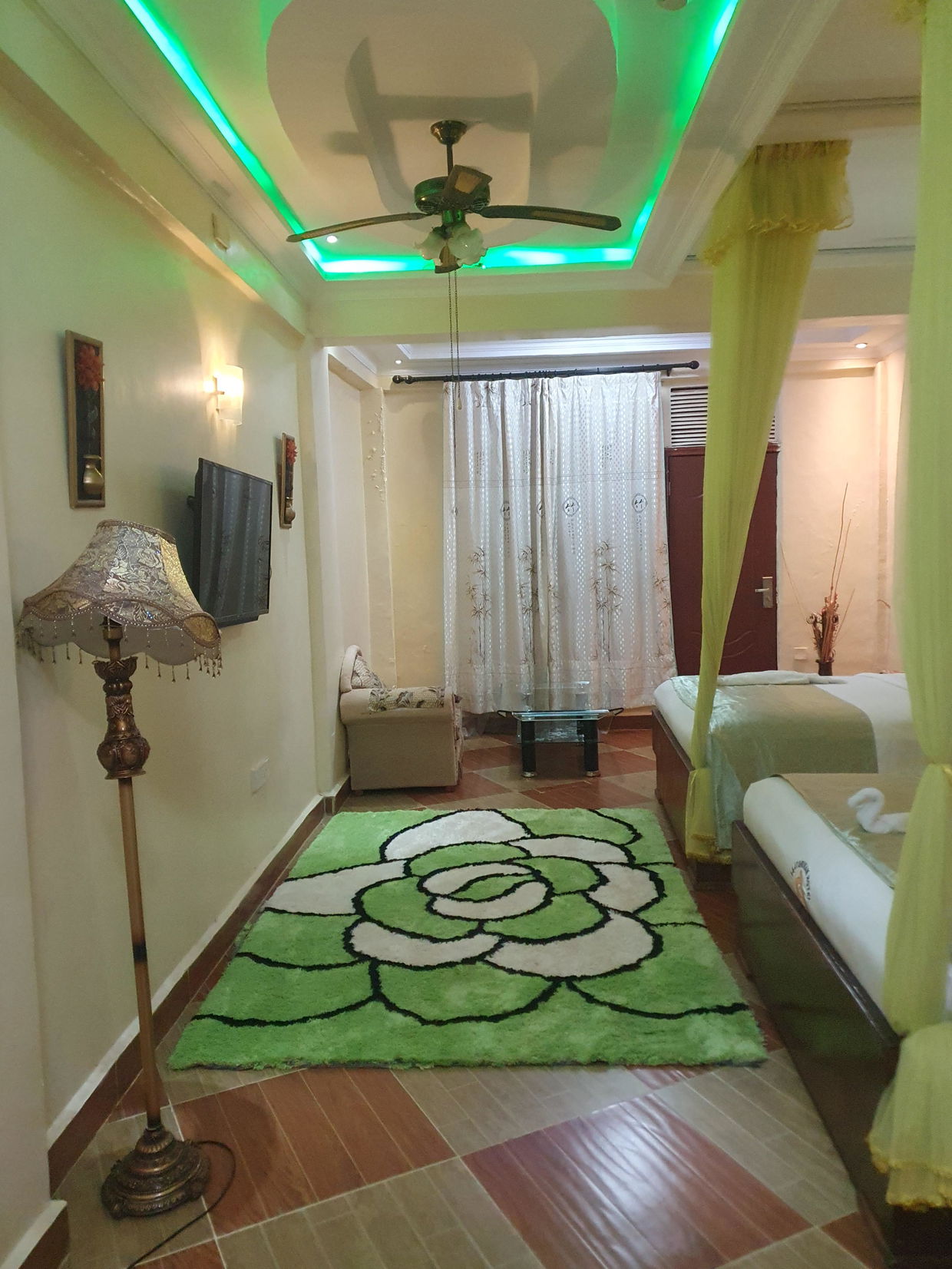 Worst hotel: Aturukan in Kitale, north-western Kenya. The worst food which took three hours and the most appalling décor of anywhere I have ever been in my life (and I have been to some really awful places). Just look at this photo! Ouch!
Worst hotel: Aturukan in Kitale, north-western Kenya. The worst food which took three hours and the most appalling décor of anywhere I have ever been in my life (and I have been to some really awful places). Just look at this photo! Ouch!
Best guide: Moosa in the Usambara Mountains was the only guide who was prepared (or maybe who even dared) to criticise politicians and the prevailing cultural mores of his country. A fascinating couple of days of hiking in the teeming rain.
Best camping food: Of course the one-pot dish is king when camping and we made some superb veggie curries and stir-fries but the dish of which we were most proud was probably the Camping Goat Stew Marsala à la Bushfire.
The staple ingredients for absolutely everything were red onions, tomatoes, green peppers and ginger. If we found carrots, we jumped with joy. Mushrooms were out of the question.
Best birding: Bwabwata National Park, Namibia – a guided walk with Petrus, whose knowledge was astonishing. The birdlife, unlike just about everywhere else, is positively prolific and well-protected by law. The villagers used to nail the spurwing geese with catapults here (quite a skill!) so we asked Petrus whether they still shoot them. "We are not allowed to." Yes, but do you? "We are not allowed to." Yes, I realise that, but do you? He just smiled. He wasn't going to take this any further. (But there are huge huge flocks of them on the Kavango river - and I mean HUGE.) Other highlights for ornithology were the Murchison Falls NP and Tsavo East, where we saw our first ever Rosy-patched Bushshrike, among other delights. There were plenty of Ross’s Turaco along the way too, especially at Kapishya, where we also saw the Yellow-throated Leaflove.
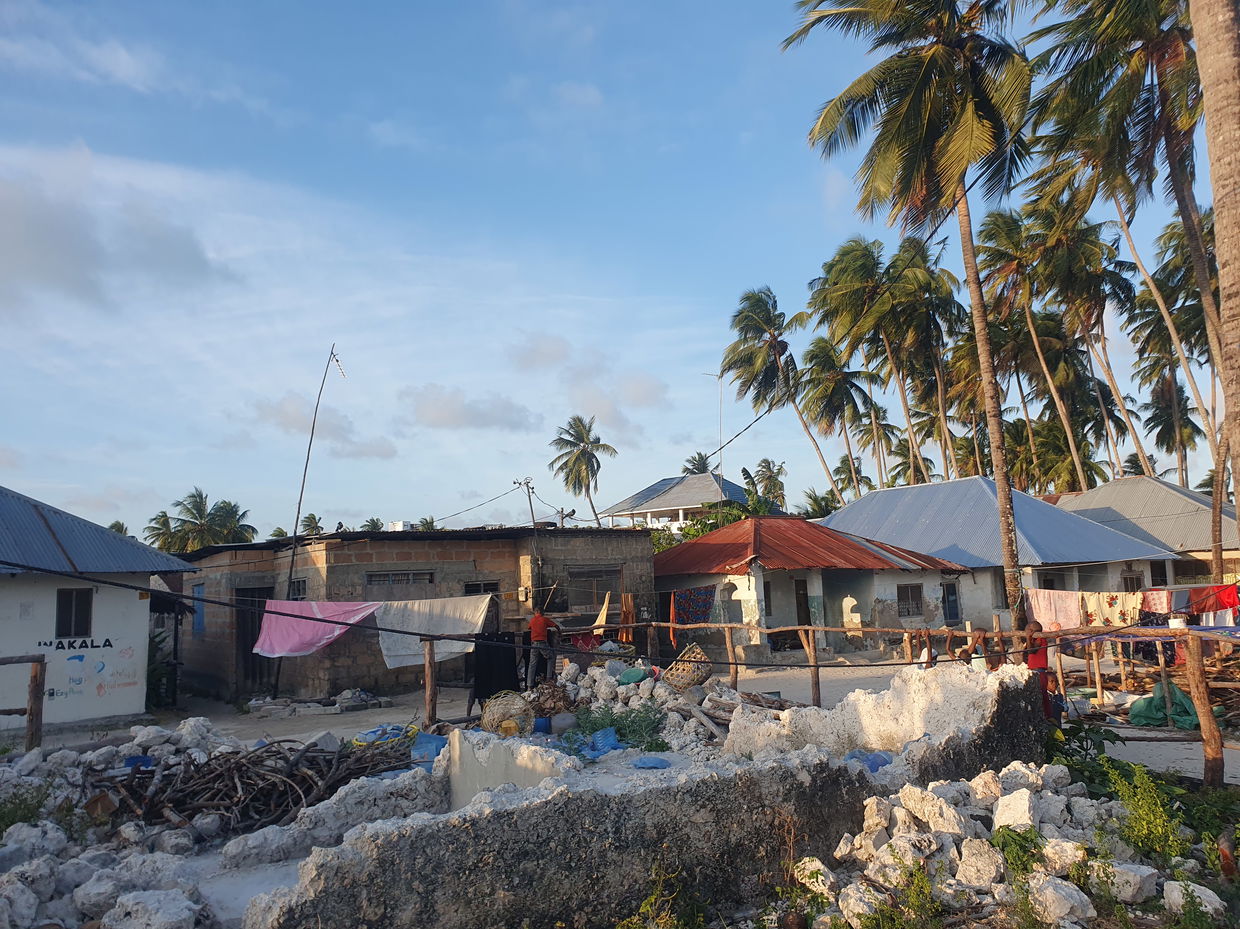 Strangest social experience: Paje town, eastern Zanzibar, where the opulent and showy wealth on the beachfront contrasts so dramatically with the simplicity (notice, not poverty) of the villages behind it. With Stone Town already totally overrun with tourists, it was unsettling (to say the least) to see the number of continental western Europeans colonising the beaches and beachfronts of the island.
Strangest social experience: Paje town, eastern Zanzibar, where the opulent and showy wealth on the beachfront contrasts so dramatically with the simplicity (notice, not poverty) of the villages behind it. With Stone Town already totally overrun with tourists, it was unsettling (to say the least) to see the number of continental western Europeans colonising the beaches and beachfronts of the island.
Best surprise: The lack of litter. All the countries were clear of litter, almost all the time, but with occasional shocking and depressing exceptions in built-up areas.
Worst surprise: The noise, music and chaos that seems to have accompanied cellphones, electricity and Chinese tat! You really have to search to find a peaceful night, especially in Tanzania.
Worst experience: Ku Chawe Trout Farm, Zomba plateau. Lungi is adamant on this one. Deforestation on a massive scale, broken-down infrastructure, filthy camping facilities without water and with overflowing long-drops. Plus baboons running riot! But the hostess was charming, as you would expect in Malawi.
Most useless app: Google Maps. Yes, Millennials. I know you live by it, but in much of Africa it is hopeless and downright dangerous. Roads are shown where there aren't (and never have been) roads. Just because someone can scream up and down the veld adding to the algorithm 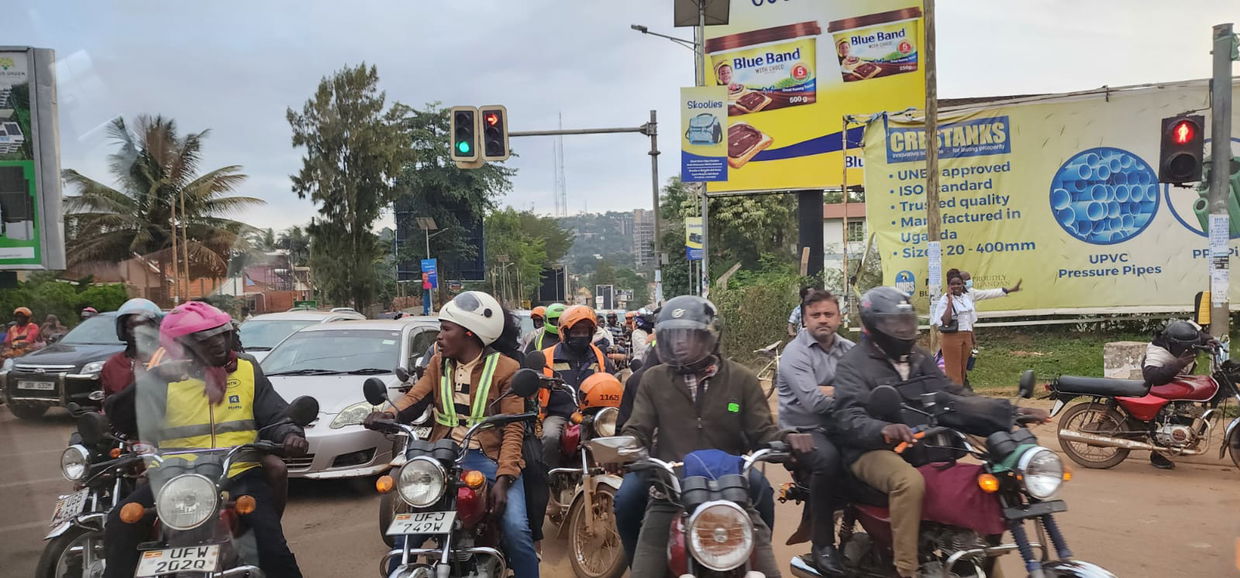 on a motorbike at 100km/h doesn’t mean there is a road there. And the thousands of motorbikes (used as boda boda taxis and also carrying deliveries) that ply the roads at speed also make a total nonsense of the journey-time predictions.
on a motorbike at 100km/h doesn’t mean there is a road there. And the thousands of motorbikes (used as boda boda taxis and also carrying deliveries) that ply the roads at speed also make a total nonsense of the journey-time predictions.
Most surprising fast food experience: Peponi Beach campsite, Pangani. Just about the only junk food we ate … but it was a damned fine pizza!
Most efficient border: Beit Bridge Zim side. Totally transformed. All done in about 15 minutes!
Most inefficient border: Beit Bridge South African side. Minimal staff, overweight to the point that they could not even lean across to stamp a passport, let alone actually stand up. And there were rude beyond belief. Is this really the welcome we offer to our visitors? There were 100 or more Zimbabweans queueing and being ‘processed’ and frequently verbally-abused, by one official, at a rate of one every five minutes. An absolute disgrace.
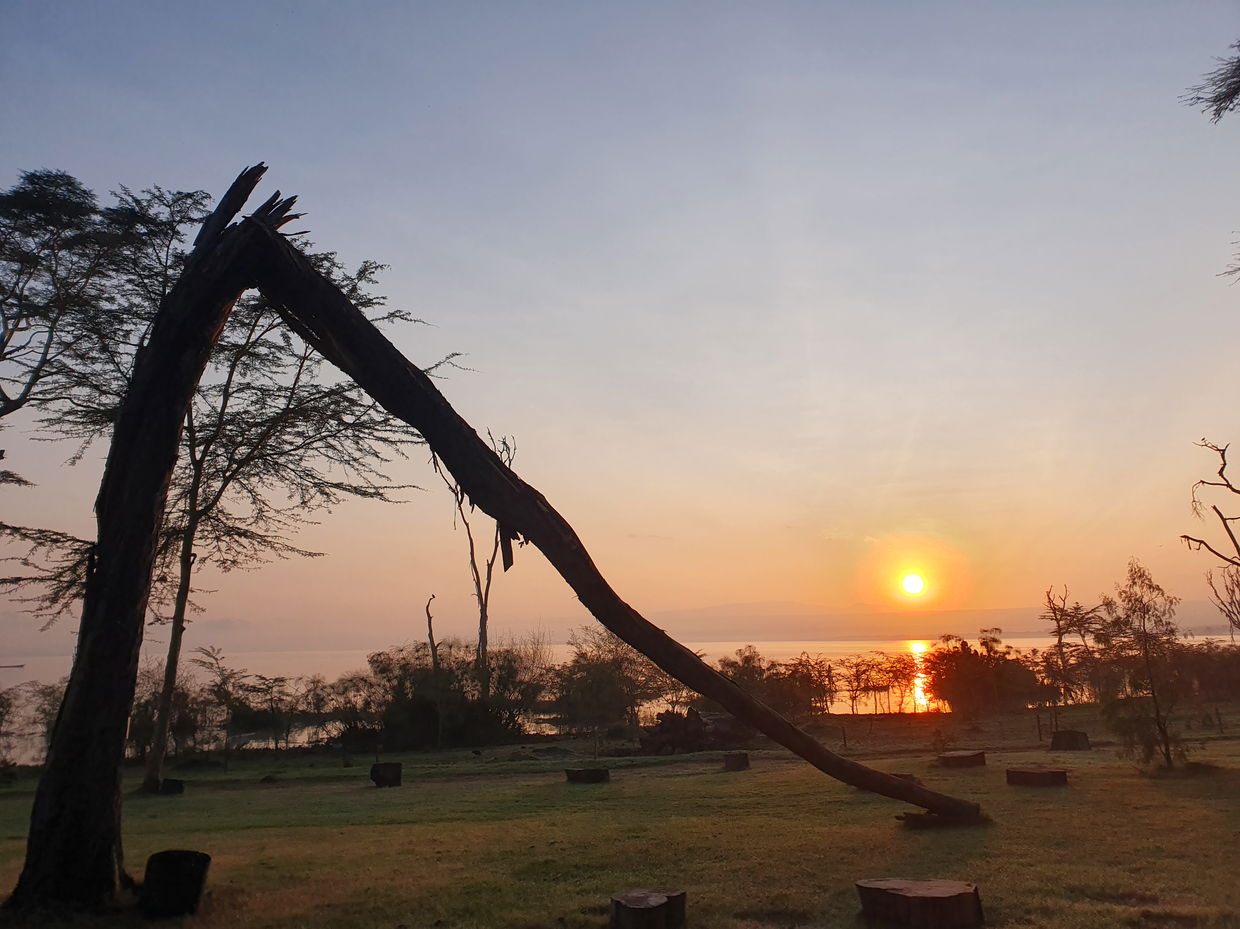 Heaviest rainfall:
Heaviest rainfall:
Lake Naivasha, although it rained persistently for 4 days in the Usambara Mountains of Tanzania. On the whole, though, rain was a rarity and the photo shows sunrise over the lake instead.
Worst game experience: The game seems generally to have been poached out in so many National Parks in the entire region. Clearly this is an understandable issue in countries where so many people are going hungry - but, interestingly, where begging is rare.
In Kenya, Tsavo West and much of Tsavo East appeared to be almost completely bereft of game – at Lake Bogoria we just saw one tortoise, nothing else - with the same shortage applying to Ruaha and Katavi (both inTanzania) and Kasanka (in Zambia). Something has to be done before these places choke in their own dust and the remaining animals die. Dramatic, I know. But serious.
Best mission station: the Moravian Mission in Sumbawanga, for its three identical ‘restaurants’, all serving chicken, chicken or chicken.
Where in the world? The Six Pics Fix:
There are plenty of photographs in this Rag, but below are the six, taken along the away, which we want you to identify. Where do you think they were taken? (No Google please – and anyway, I don’t think it would help you much!). The Top Three Answers will each win a 2-night stay at Rissington on a dinner, bed and breakfast basis.
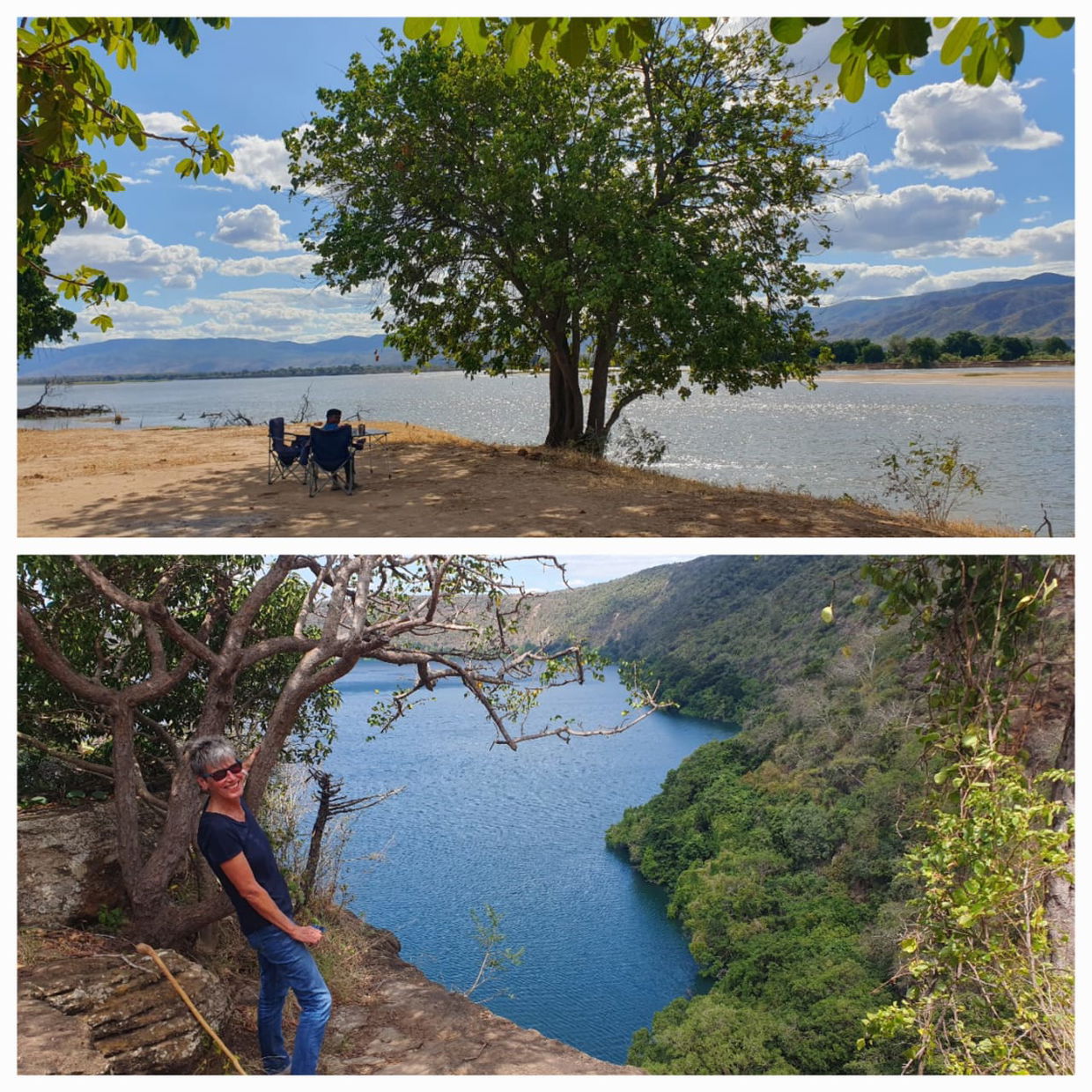

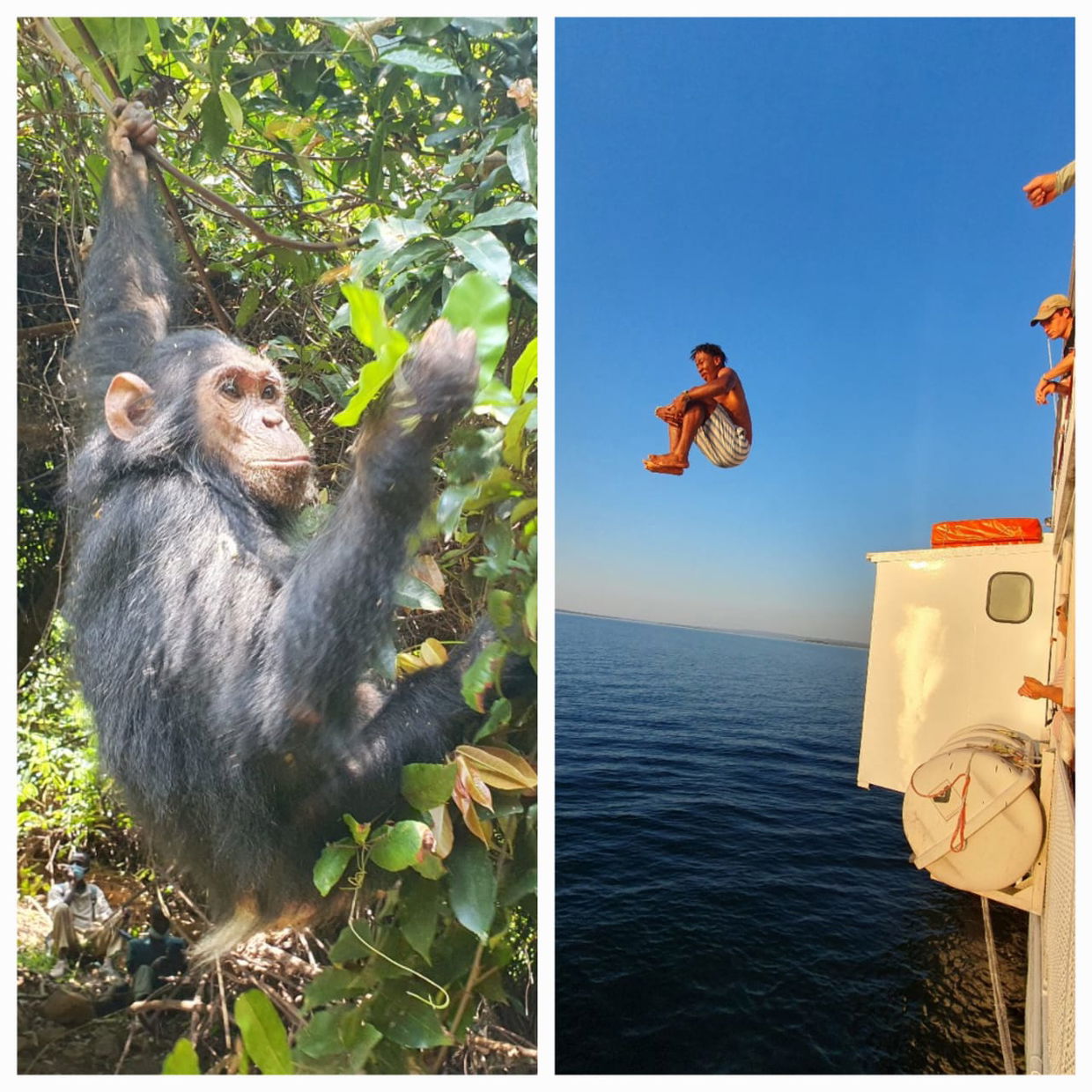 Send your entries to [email protected] by 20th November 2024 to be eligible for judging.
Send your entries to [email protected] by 20th November 2024 to be eligible for judging.
There’s also a Quiz-cum-Questionnaire …
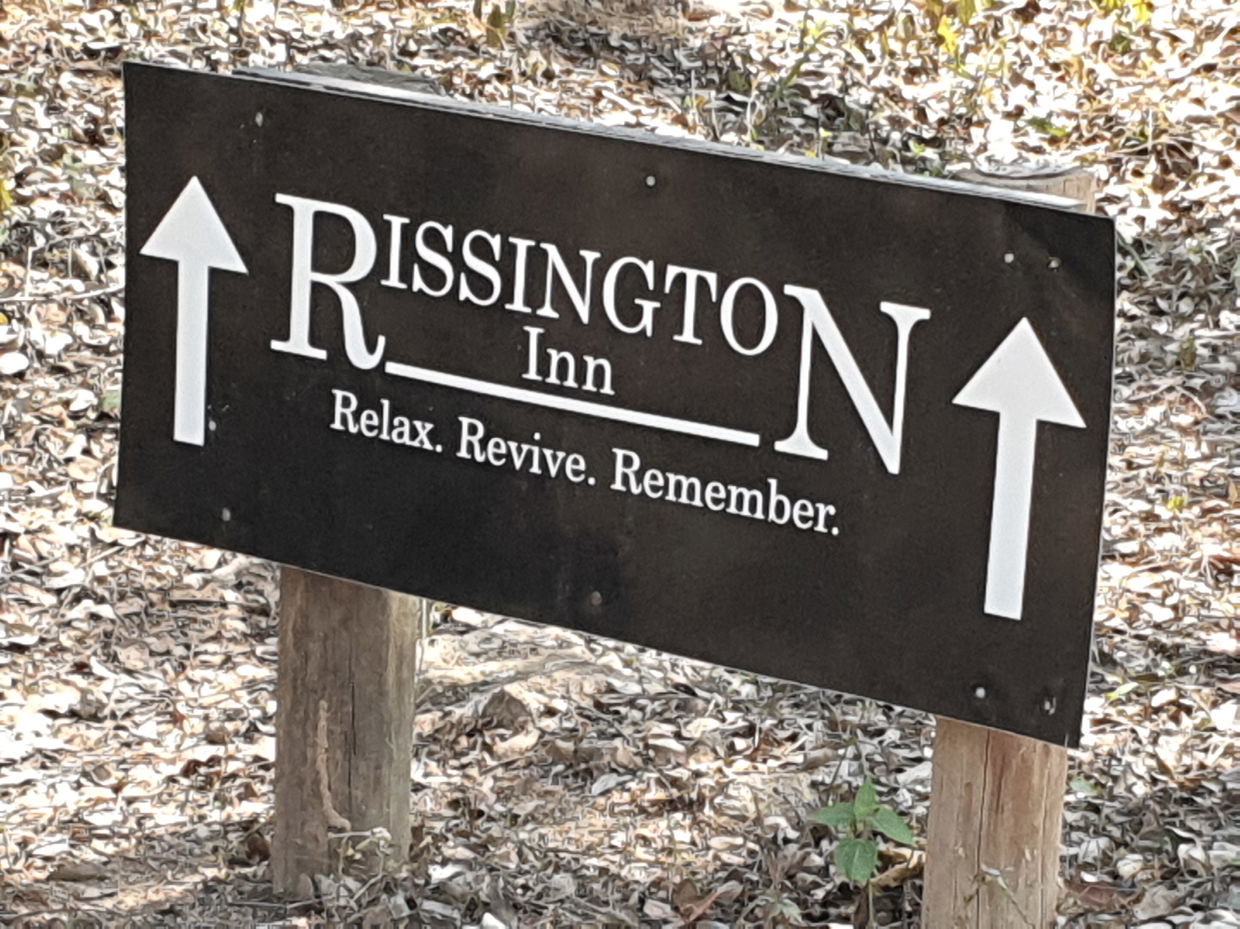 ... the winner of which will win a three-night stay at Rissington for two on a bed and breakfast basis, with a return domestic flight, transfers to Rissington from KMIA (Nelspruit) airport and a full-day open vehicle game drive in the Kruger National Park.
... the winner of which will win a three-night stay at Rissington for two on a bed and breakfast basis, with a return domestic flight, transfers to Rissington from KMIA (Nelspruit) airport and a full-day open vehicle game drive in the Kruger National Park.
Here goes. Ten simple questions:
1) What is the kiSwahili for a green pepper?
2) What year and model was our Land Cruiser?
3) Which country, of the ones we visited, has been governed by the same political party for more than 60 years, what is the name of that party and what does it mean?
4) We visited a vegetable farm and nursery on Lake Naivasha. Guess a) how many broccoli plants they had in their hothouse and b) how many they were able to send to Nairobi on a given day.
5) How many Tanzanian shillings does it cost to fly as passenger in a hot air balloon over the Serengeti?
6) If it is nine o’clock in the day, Swahili time, what time is it in western time?
 7) Toyota or Land Rover (give reasons)
7) Toyota or Land Rover (give reasons)
8) Which would have been your top country if you had been on our trip (give reasons)?
9) Which National Park in these ten countries would you most like to visit (give reasons)?
10) What would have been your top experience from our trip (give reasons)?
Send your entries to [email protected] by 20th November 2024 to be eligible for judging.
Books, maps and more stories:
From a learning and literary point of view on our travels, the main villains of disinformation and way-out-of-date content were websites and The Lonely Planet. The latter has taken on a new look and a style which tragically renders it almost entirely useless, It's a real shame. I used to swear by it; now I just swear at it!
The best maps (as Google is so unreliable) remain the Michelin maps, closely followed by the ‘Ultimate Africa Atlas’ by Into Africa but the answer is to pick up as many maps as you can and compare them for a consensus. Even police officers recommend Google maps if you ask them, across the continent, but I can assure you that printed maps are more useful, however hard they might be to find.

We met many, many fascinating literary and book-connected people along the way, not least of them my good friend Mark Harvey at Kapishya Hot Springs, whose grandfather, Sir Stewart Gore-Browne built Shiwa Ng’andu, known as The Africa House, near Mpika in northern Zambia. If you haven’t read Charlotte Lamb’s ‘The Africa House’, please do.
The Tsodilo Hills in north-western Botswana reminded me how much I enjoyed Laurens van der Post’s ‘The Lost World of the Kalahari’ on the subject of the San and their culture and rock art. Van der Post, although much-maligned by the literati these days, is a local hero there and his books are great both for young and old.
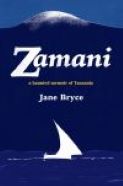
We were also lucky enough to attend a book launch at the Marangu Hotel (one of the finest spots along the way) at the foot of Kilimanjaro. Author and academic Jane Bryce’s ‘Zamani’ is, at the same time, travelogue, memoir and social history, dealing, as it does, with her complicated love for Tanzania and her mixed emotions arising from the fact that (she and) her parents were deported from there under Julius Nyerere. I am halfway through and loving it, reading snatches whenever I can, in between catching up on six months of emails.
The aspect which really strikes and appeals to me is that Jane, a 'child' of the colonial era, manages to handle the issues of empire with rare and extraordinary skill. She deals particularly deftly and insightfully with her affectionate but also unnerving memories of her relationship with the family's Tanzanian friends and servants during her childhood and then looks at them again through new eyes on her return to the country three decades later, long after independence, when everything has changed so much. It's a master class in getting it just right.
You can look up more details on the website www.janebryce.com and you can direct order on Amazon HERE

There’s also my own 'Do NOT Take This Road To El-Karama', of course. Dated and maybe even occasionally a bit unintentionally politically-incorrect, it came out in 2006 but it’s good fun and still available as an e-book online from Amazon HERE. It covers many of the places we visited on our recent trip too.
Also on that 2006 trip I met the Andela family on Lake Malawi. I was thrilled to hear from them recently and that they are still travelling. For up-to-date advice on equipment and some great stories of their experiences, you can link up with their some of their news here: https://mag.toyota.co.uk/toyota-people-andela-family/
My next read, after ‘Zamani’, is going to be ‘Africa is not a Country’ by Dipo Faloyin, which has been recommended by so many people, followed by Peter Godwin’s ‘Exit Wounds’. Many will remember his ‘Mukiwa’ from almost 30 years ago. ‘Exit Wounds’ is his new offering.
The Tripcast:
 Our Tripcast photo diary – in fact the whole story – begins at the start of this year with some travels and preparations for this so-called ‘Big Trip’, which was also, in different ways, a Gap Year for all of us (hence the name of our page). It covers the entire 24,412 kilometres of the actual road trip which started in early April and finished on our return to South Africa at the end of September. As with social media, the latest post as always at the top so, to go through it chronologically, you need to scroll all the way down through the 700+ photographs and comments before working your way up. This is easily done on a laptop or a PC (these would also give the best viewing) by holding down ‘Page Down’. On a cellphone, you simply scroll with a finger, but it will take longer. Here’s the link:
Our Tripcast photo diary – in fact the whole story – begins at the start of this year with some travels and preparations for this so-called ‘Big Trip’, which was also, in different ways, a Gap Year for all of us (hence the name of our page). It covers the entire 24,412 kilometres of the actual road trip which started in early April and finished on our return to South Africa at the end of September. As with social media, the latest post as always at the top so, to go through it chronologically, you need to scroll all the way down through the 700+ photographs and comments before working your way up. This is easily done on a laptop or a PC (these would also give the best viewing) by holding down ‘Page Down’. On a cellphone, you simply scroll with a finger, but it will take longer. Here’s the link:
https://tripcast.co/c/OjlJV0ZPLkA
(We do ask that you don’t add comments now, as we are planning to have the photos. along with some of our written posts. printed in a colour album and we have already whittled down the content ready for printing. Thanks.)
Free advice:

It was a truly incredible trip and we can’t get enough of talking about it, so we are very happy to give any help or advice, free-of-charge to anyone who is planning to visit some of the places we stayed in.
Also for travel professionals reading this, if you would like me to expand on any of the stories above or just to update you on the countries and their products, I am happy to help. (And while I am on the topic, if you are a travel professional and you do not read our very occasional – I mean maybe once a year – updates for the industry, please email [email protected] and ask to be added to the Travel Industry Update mailing list. It gives you the latest rates, deals and specials for industry people).
 That’s All Folks!
That’s All Folks!
Thanks for reading this. I hope it was enlightening and entertaining. Your thoughts (and competition entries) are always welcome on [email protected] See you on 1 December for the back-to-normal Rissington Christmas Rag.
Safari njema (as they say in East Africa) and all the best.
Chris and my amazing, heroic travelling companions, Lungile, JJ and Claire to my left in the photo and Coco and Tim to my right.
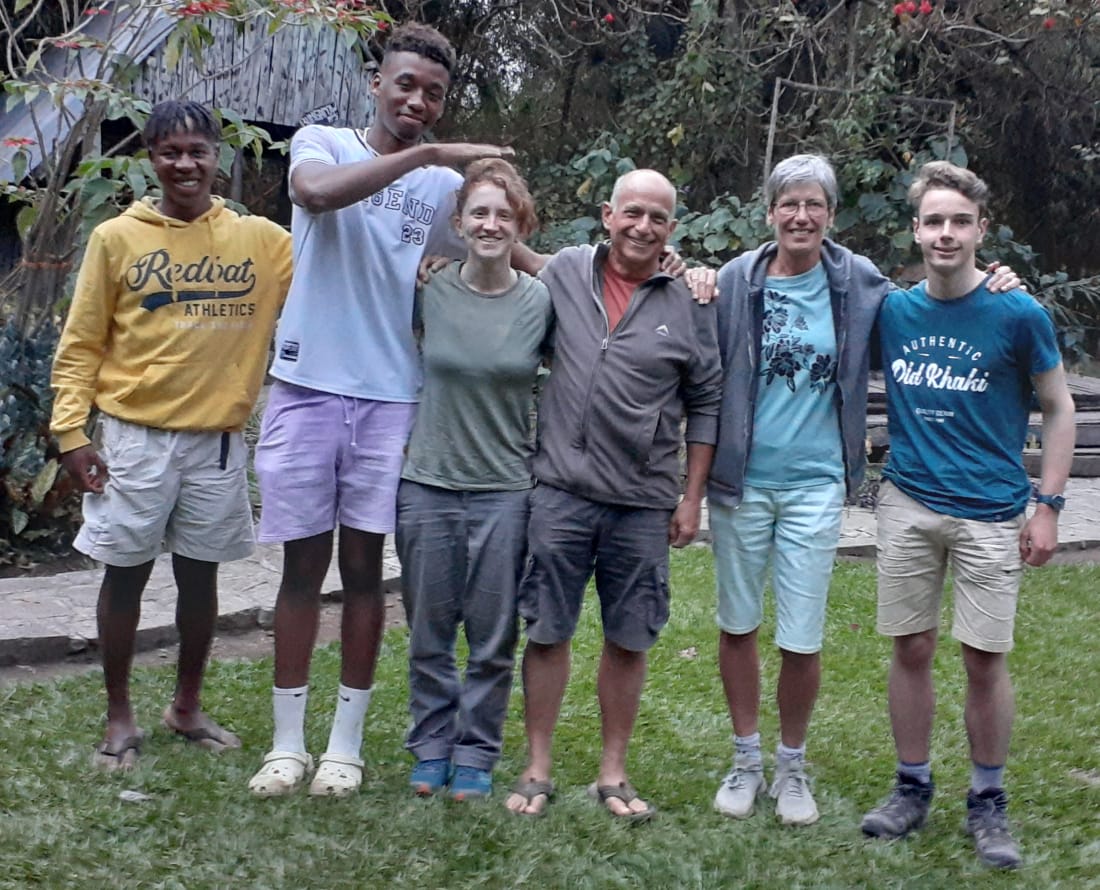
Further Reading
Thoughts. Some festive, some a bit more pensive ...
The September Rag is out. Just in time. Read why it is so late!
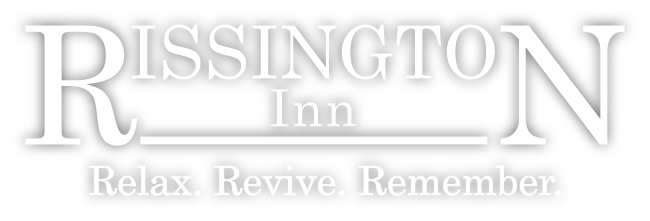

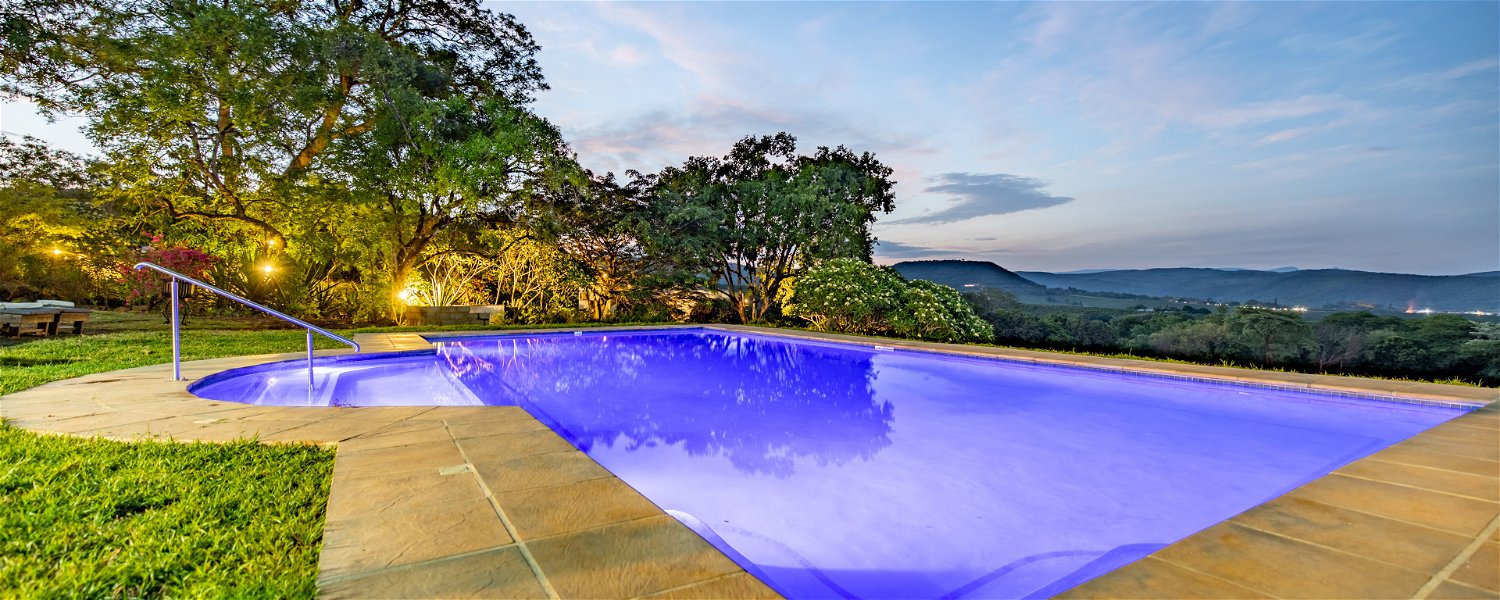
Share This Post